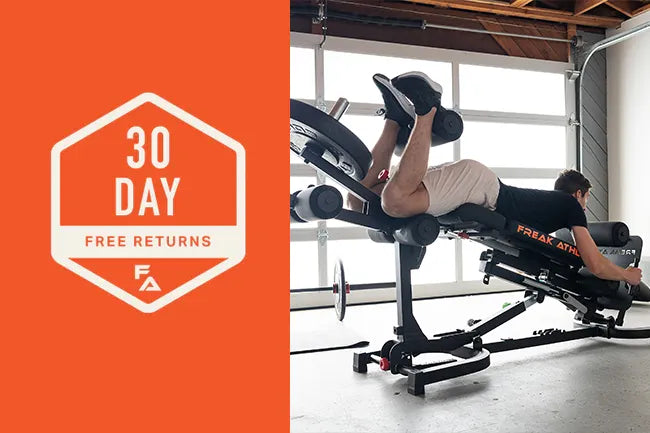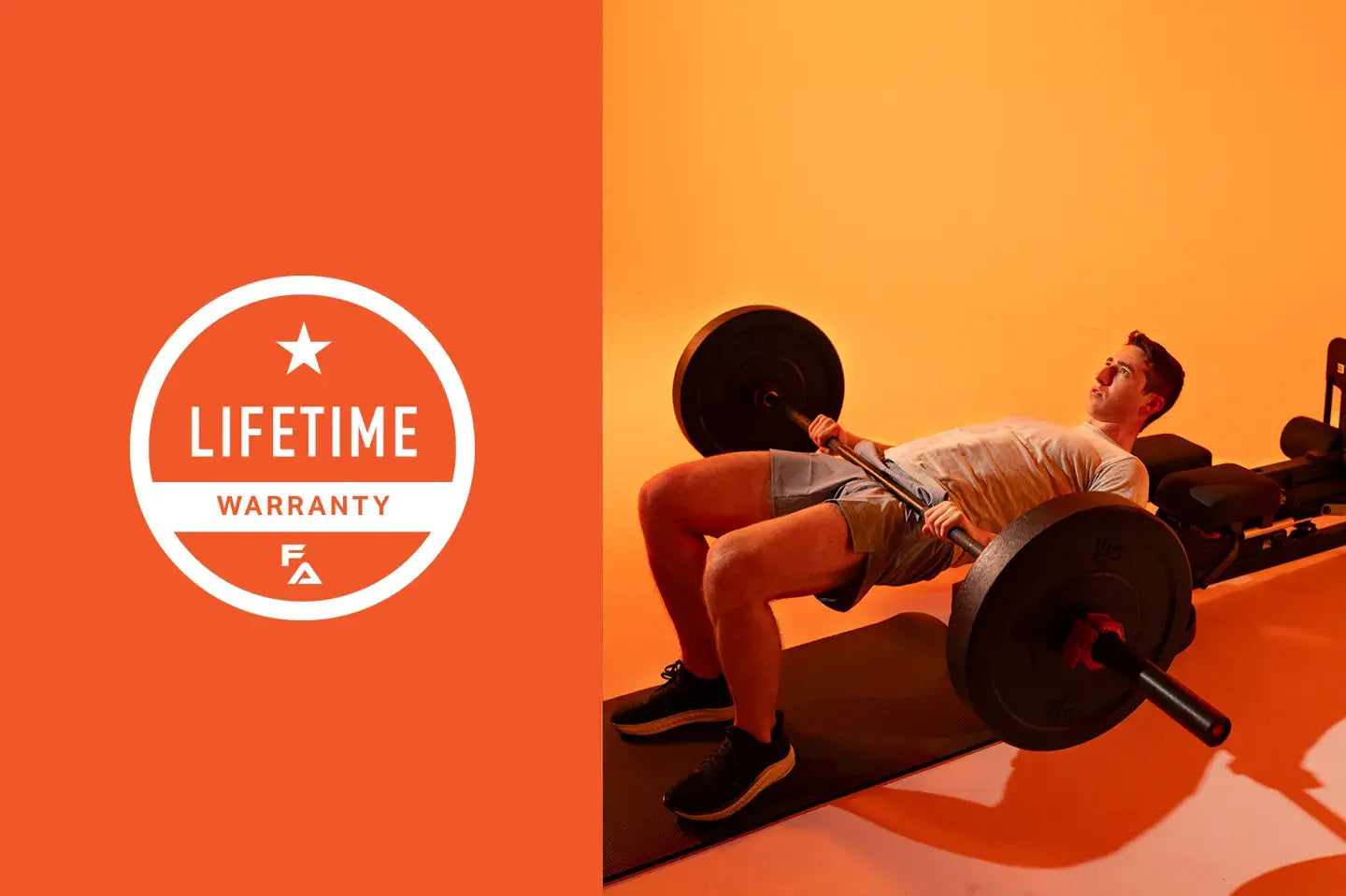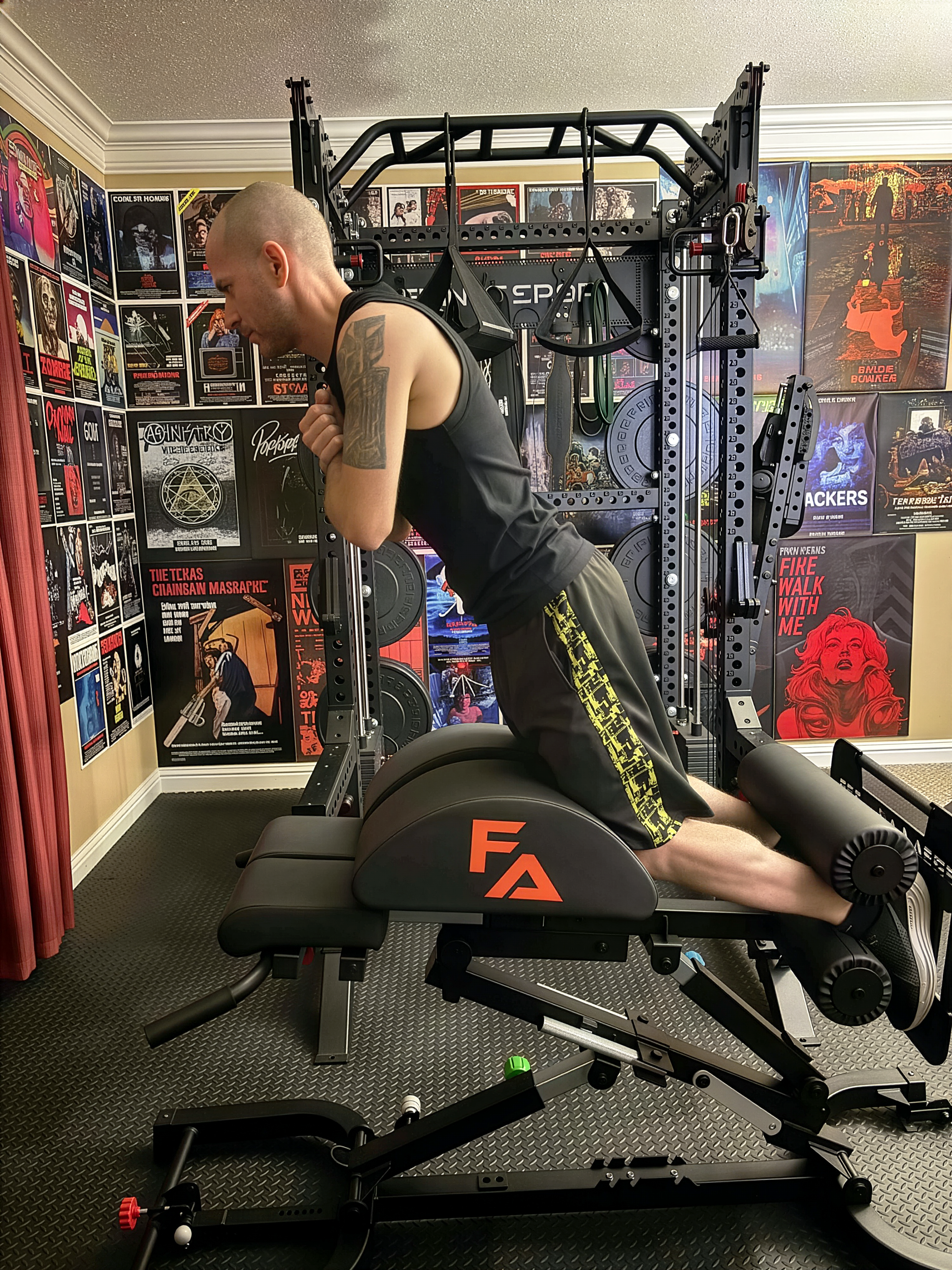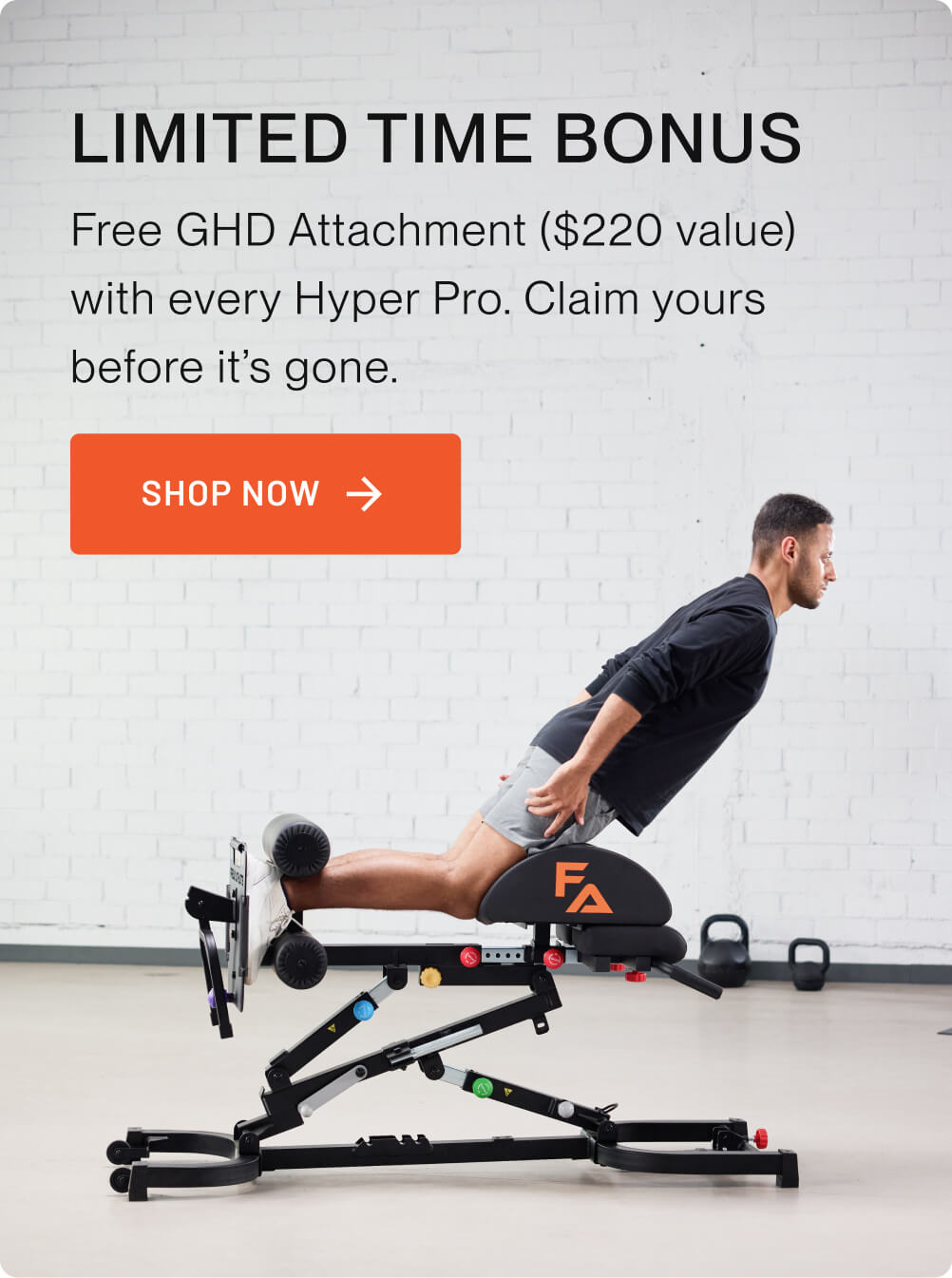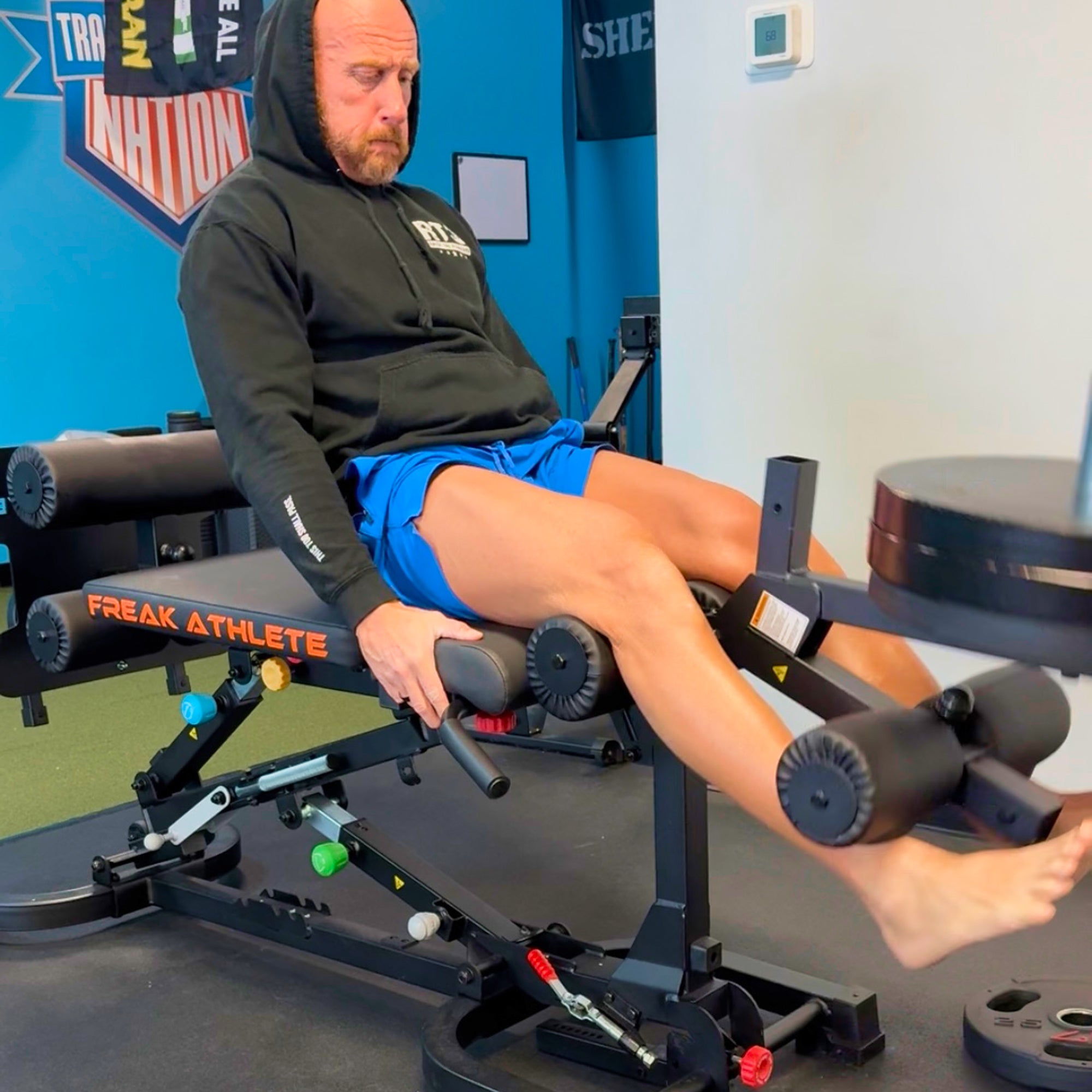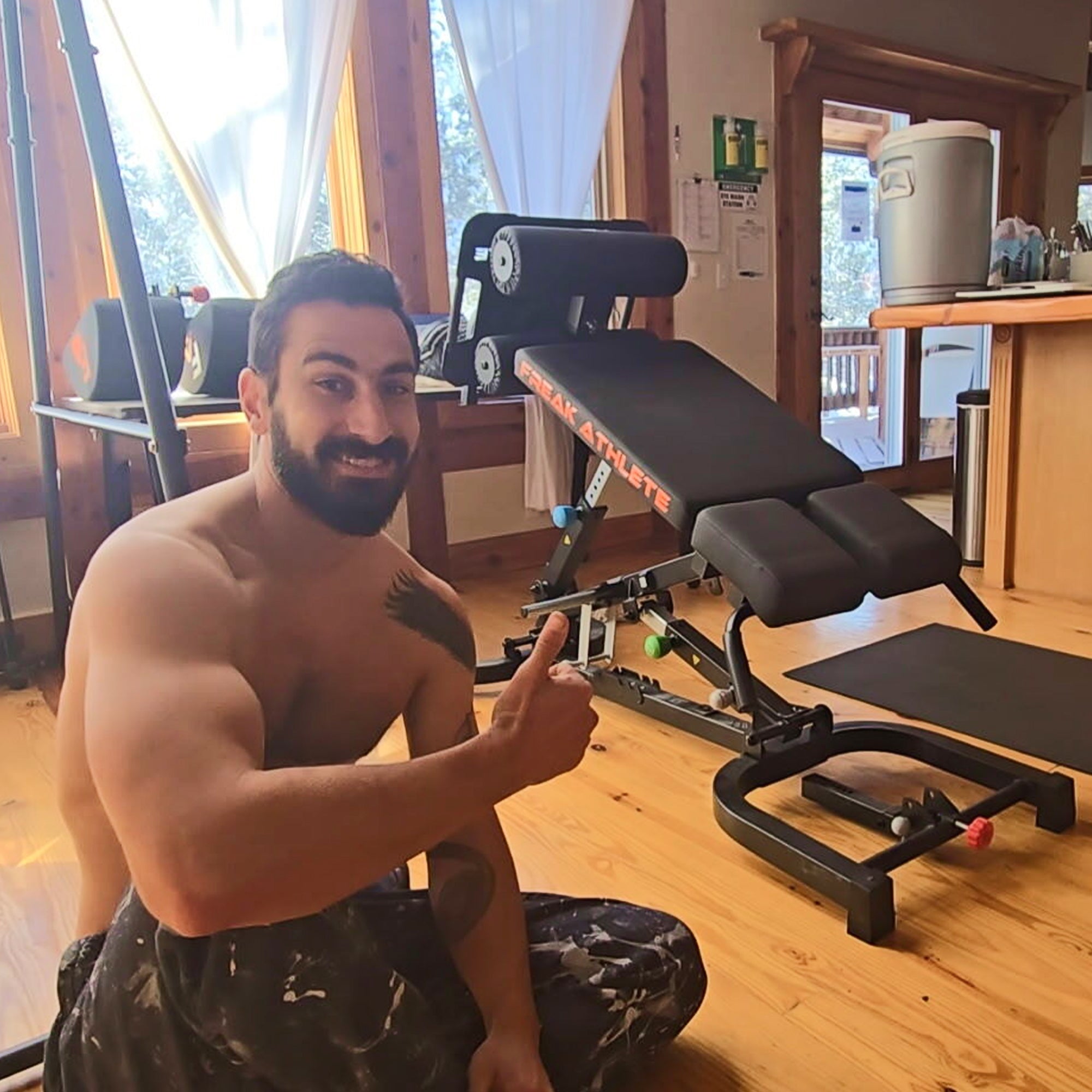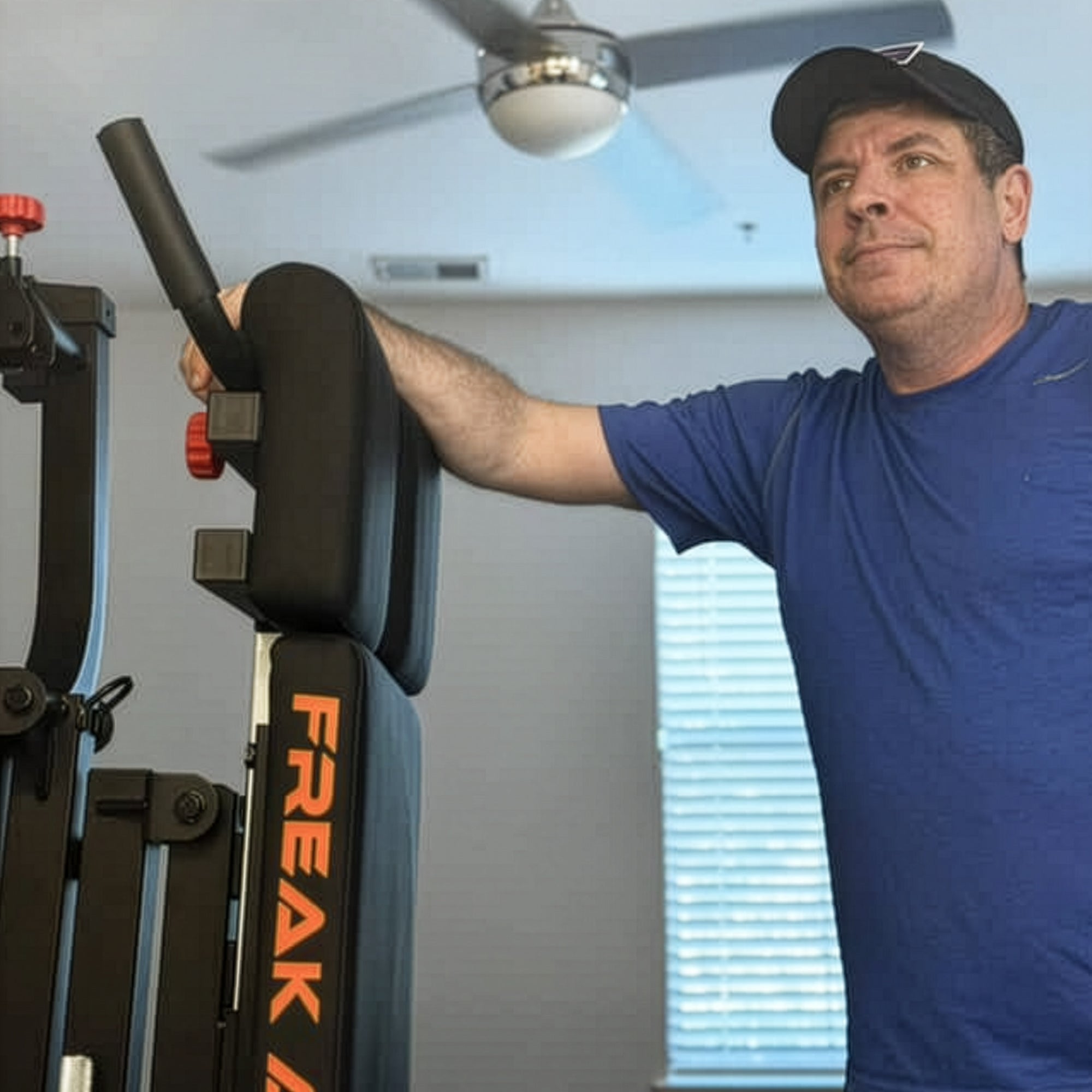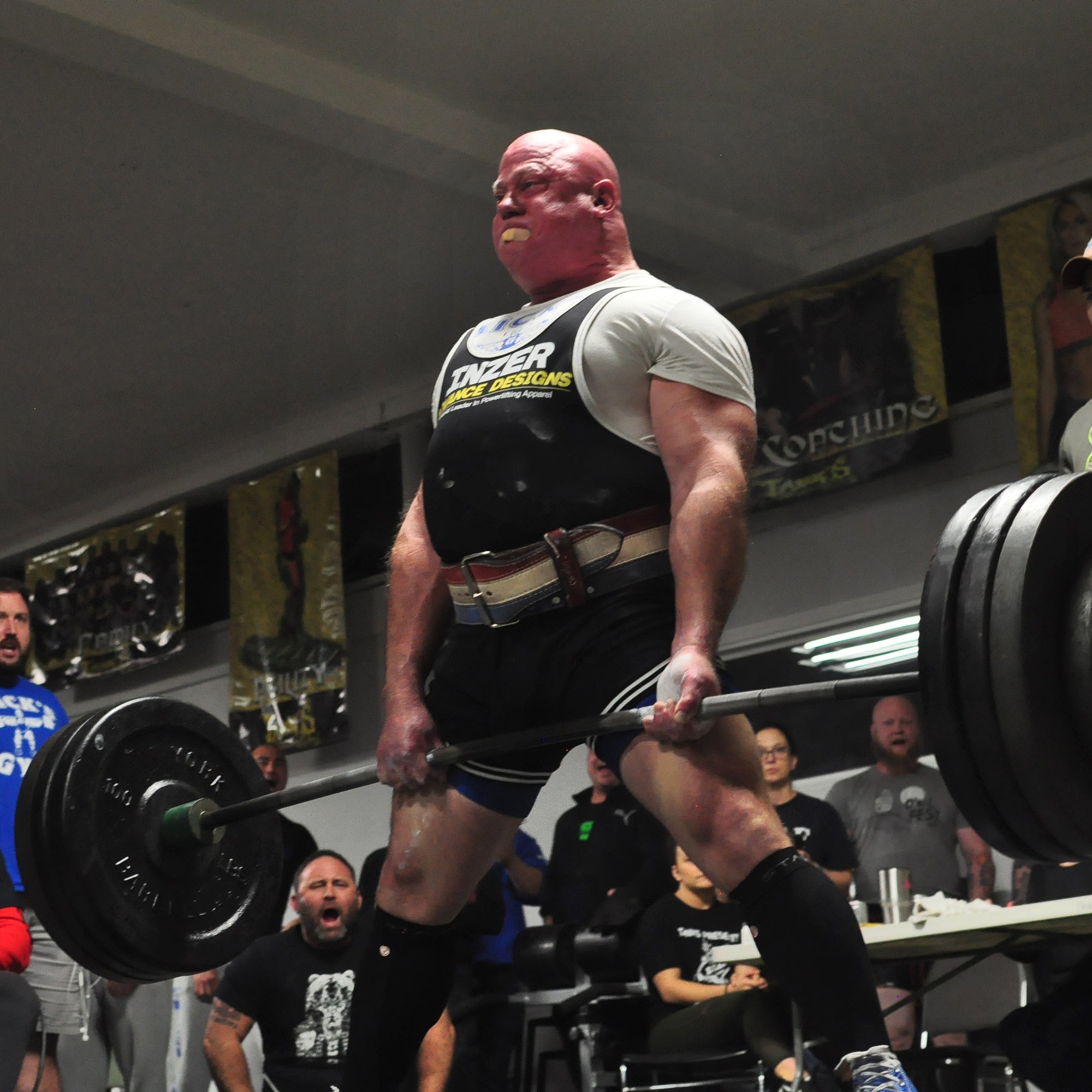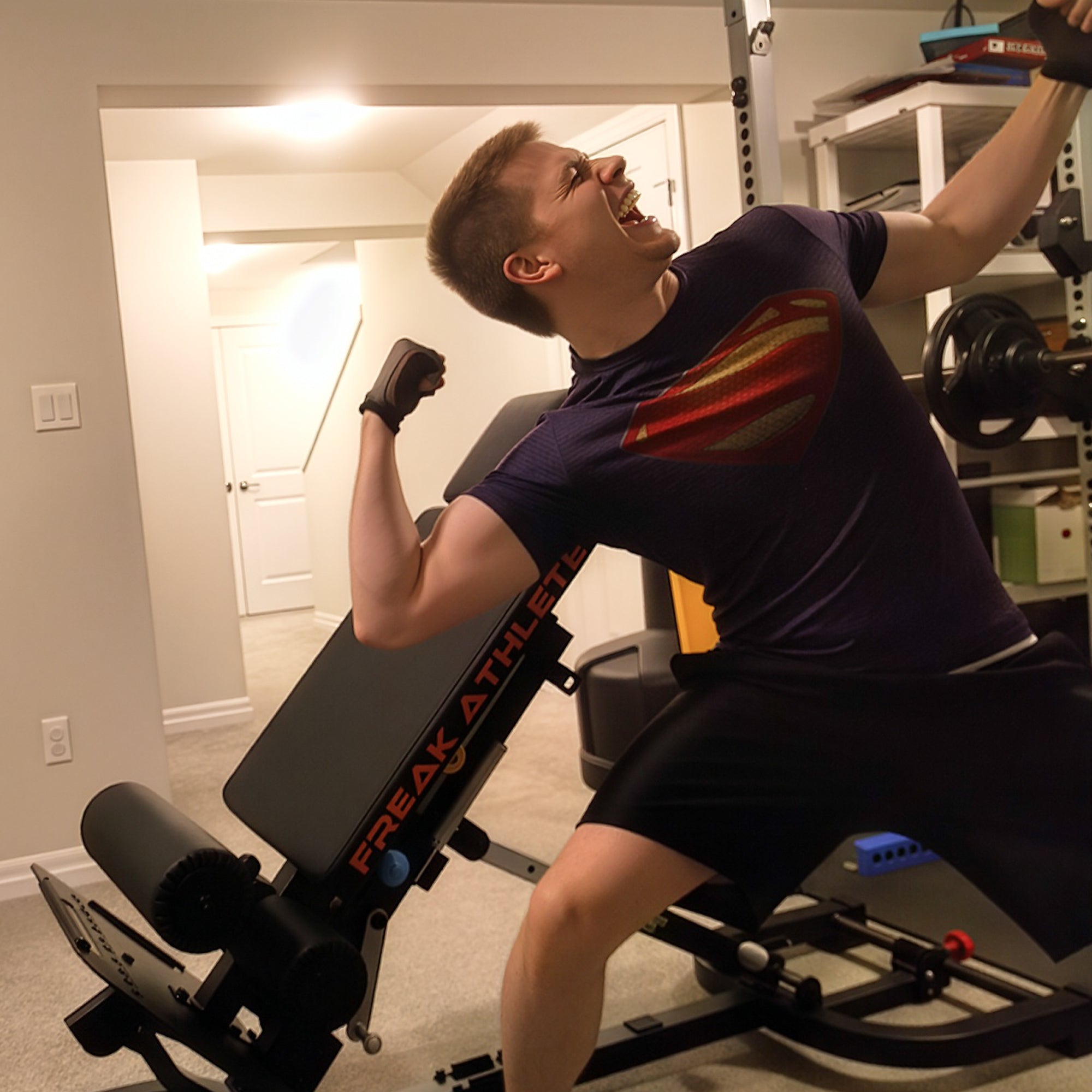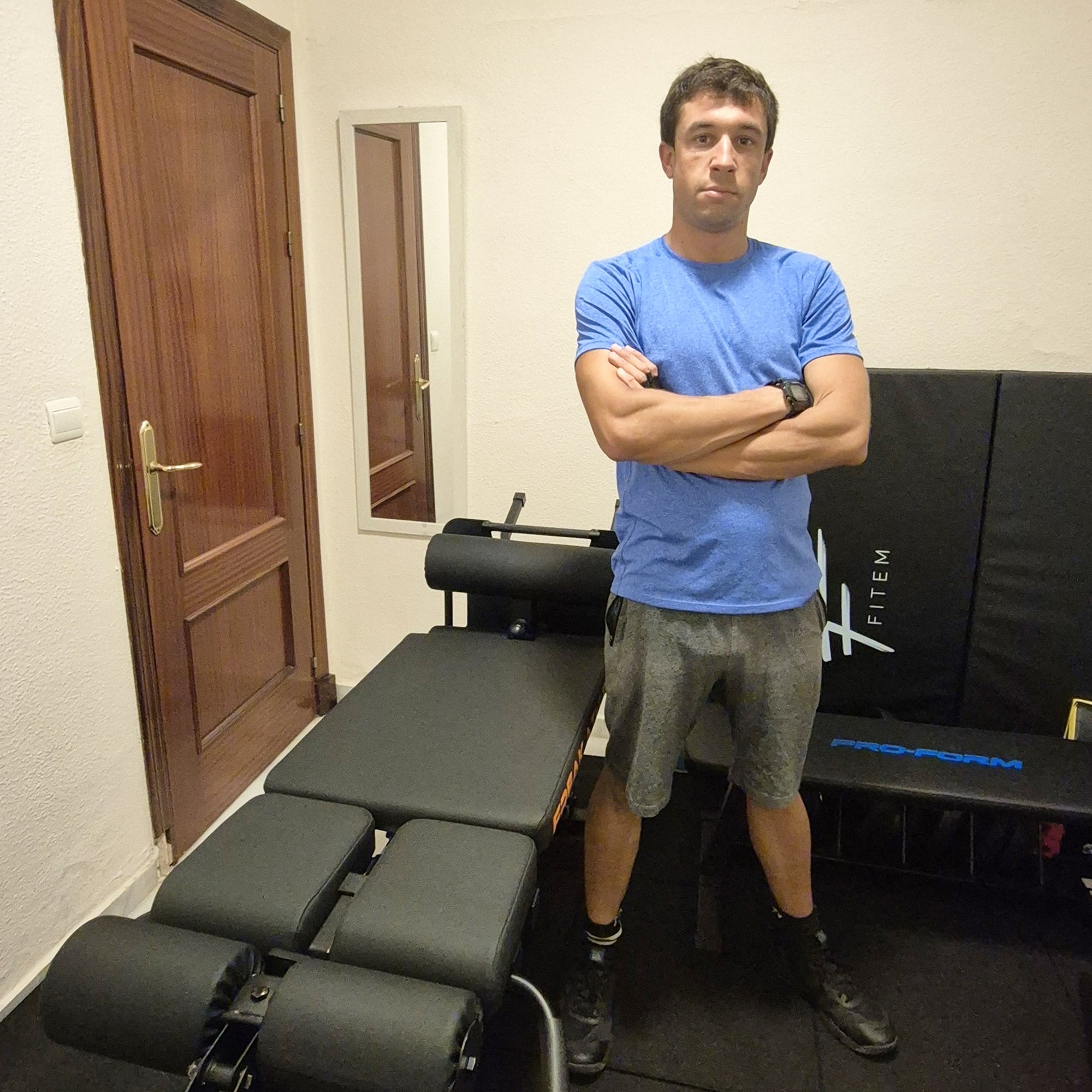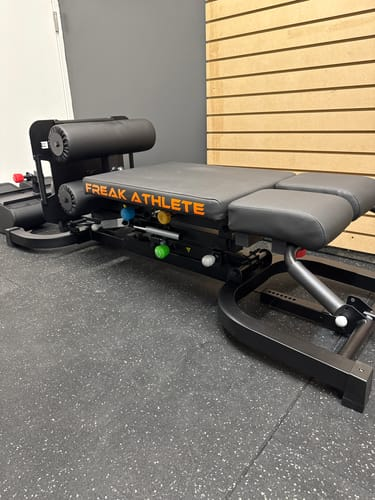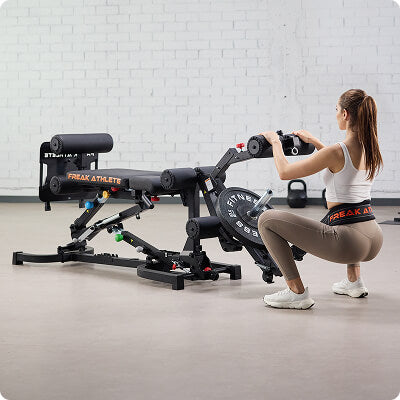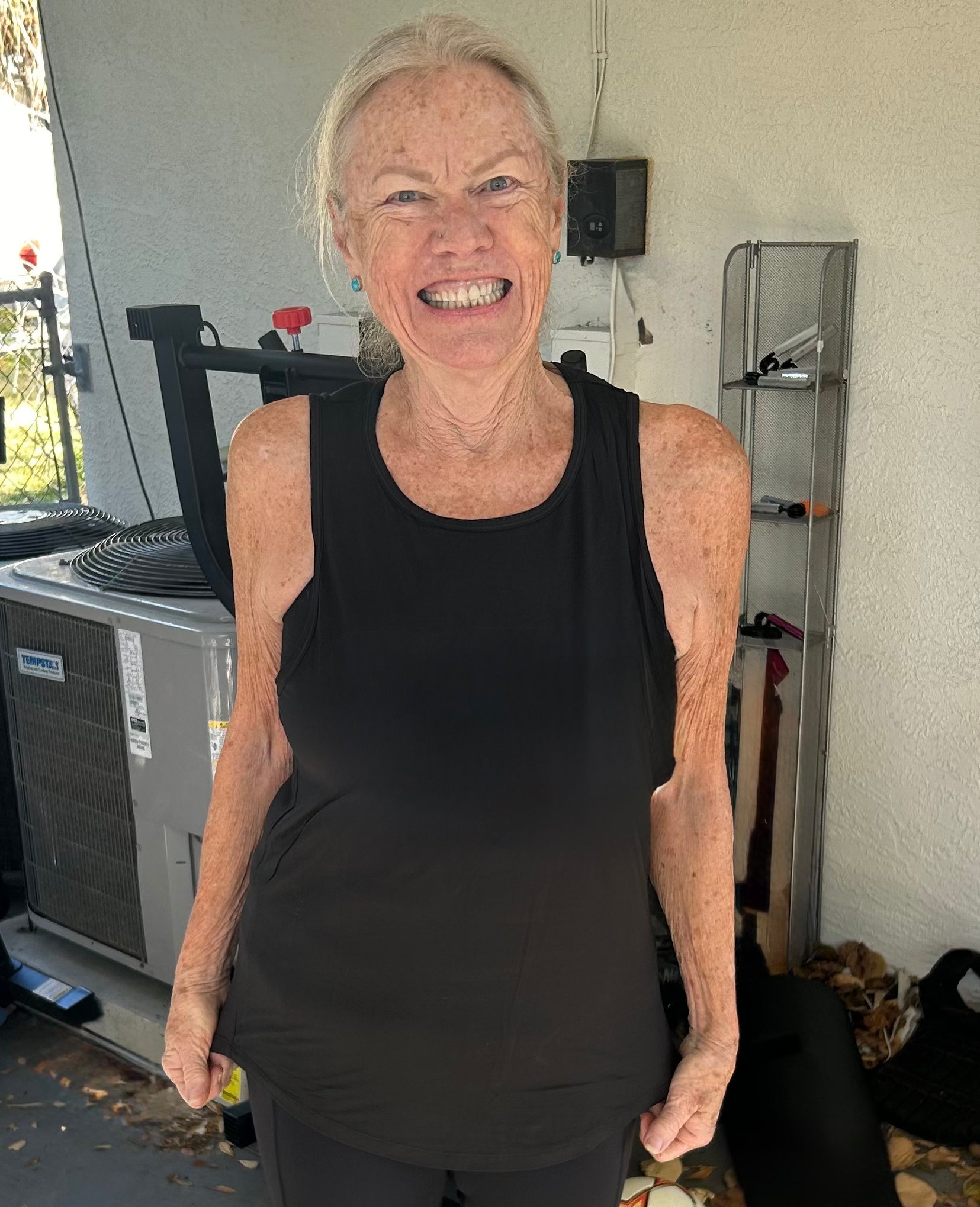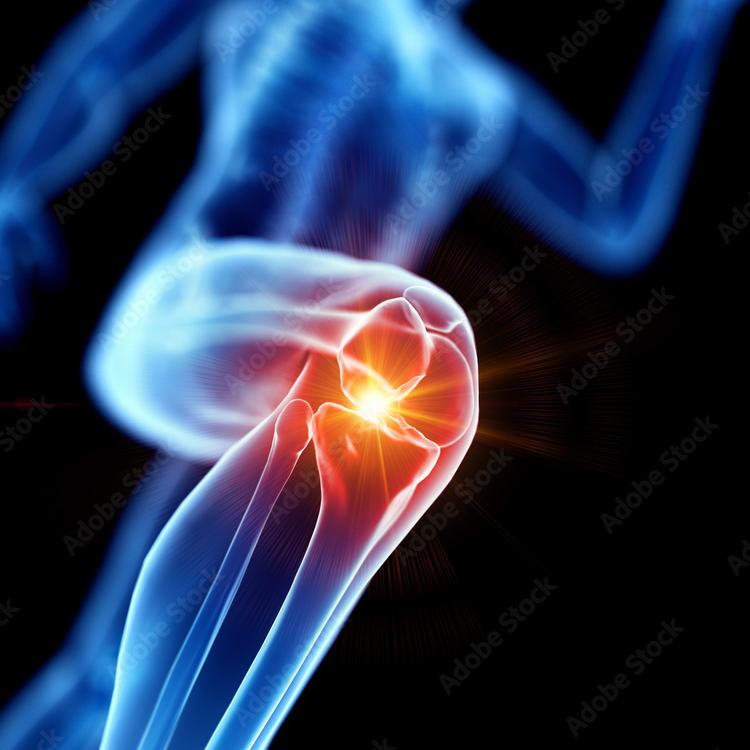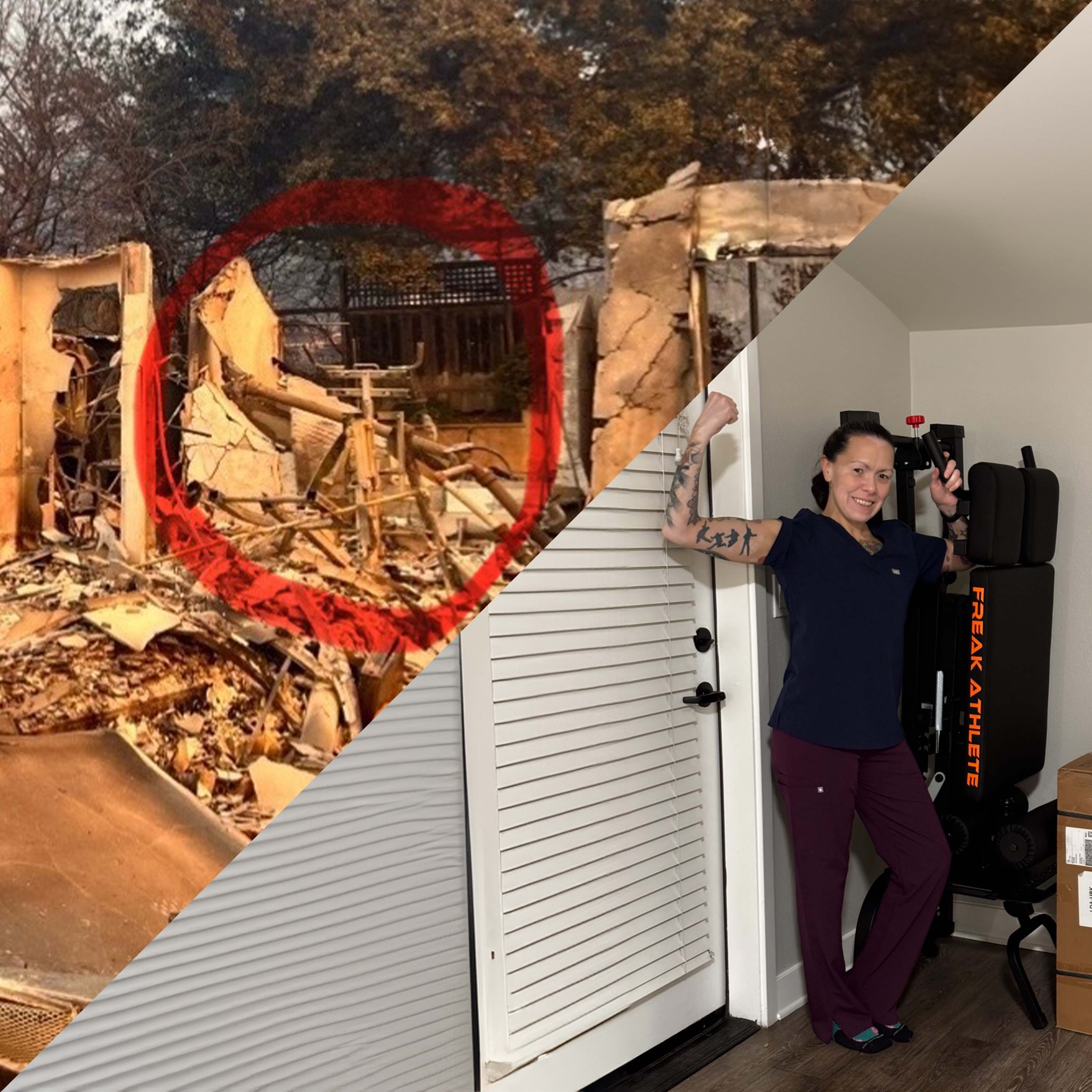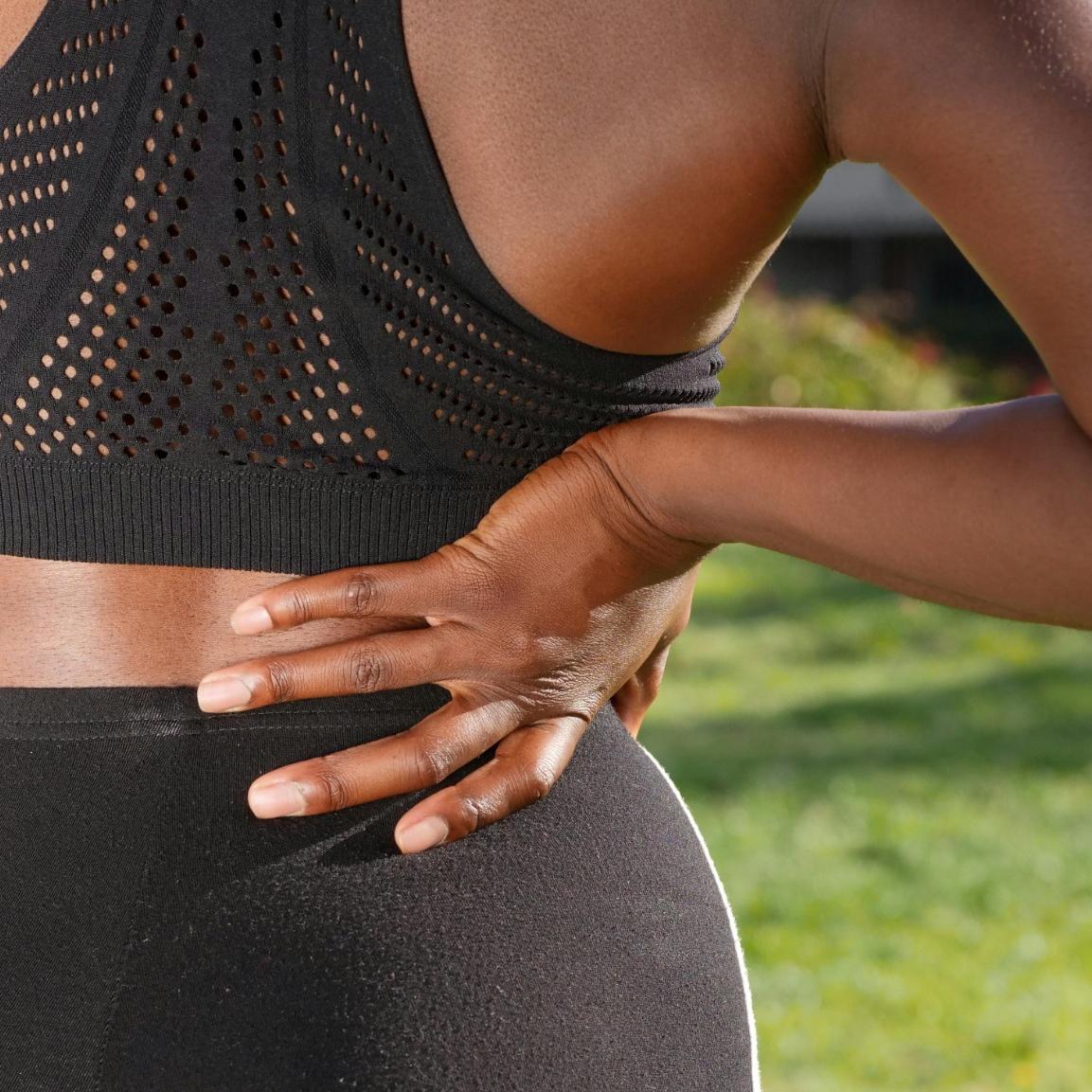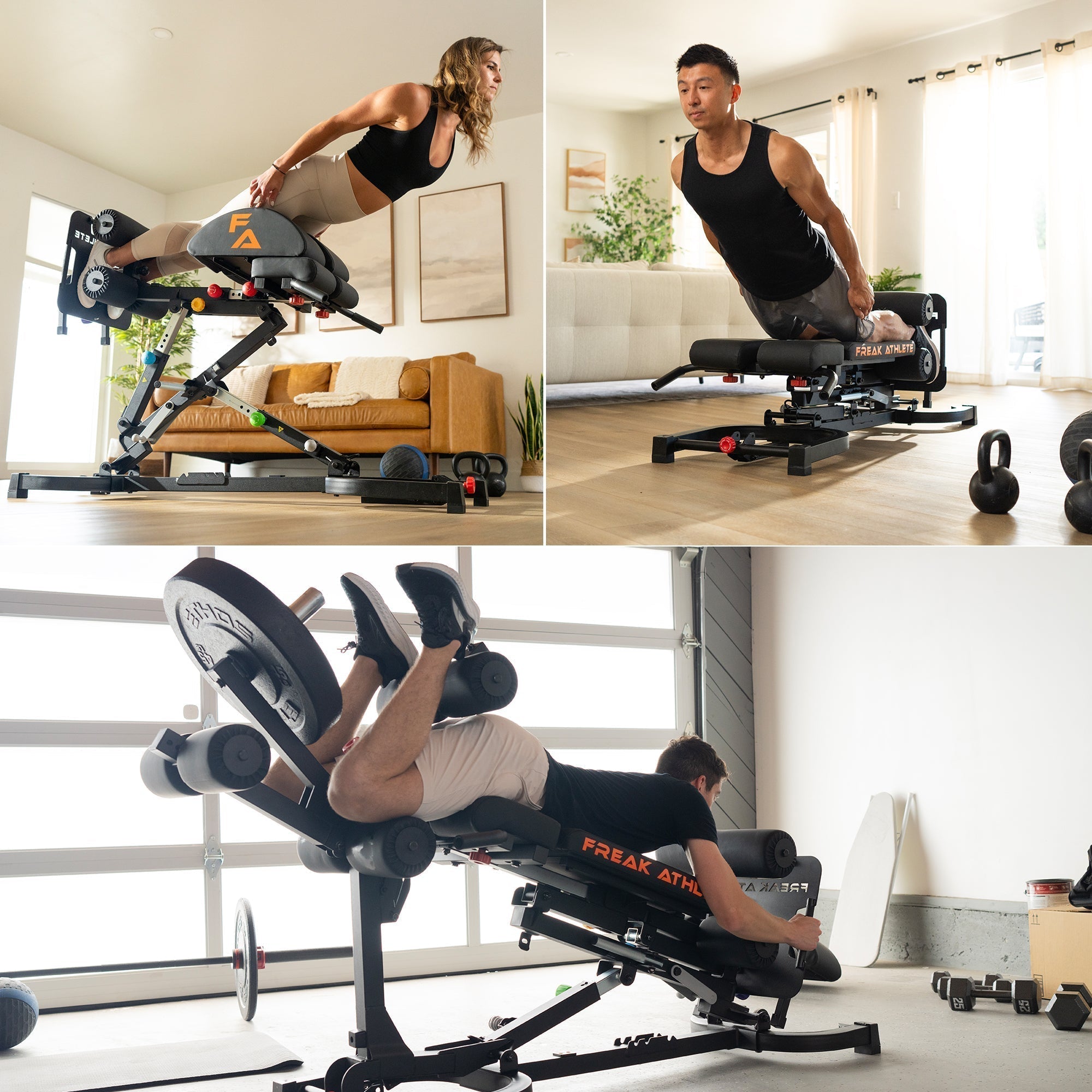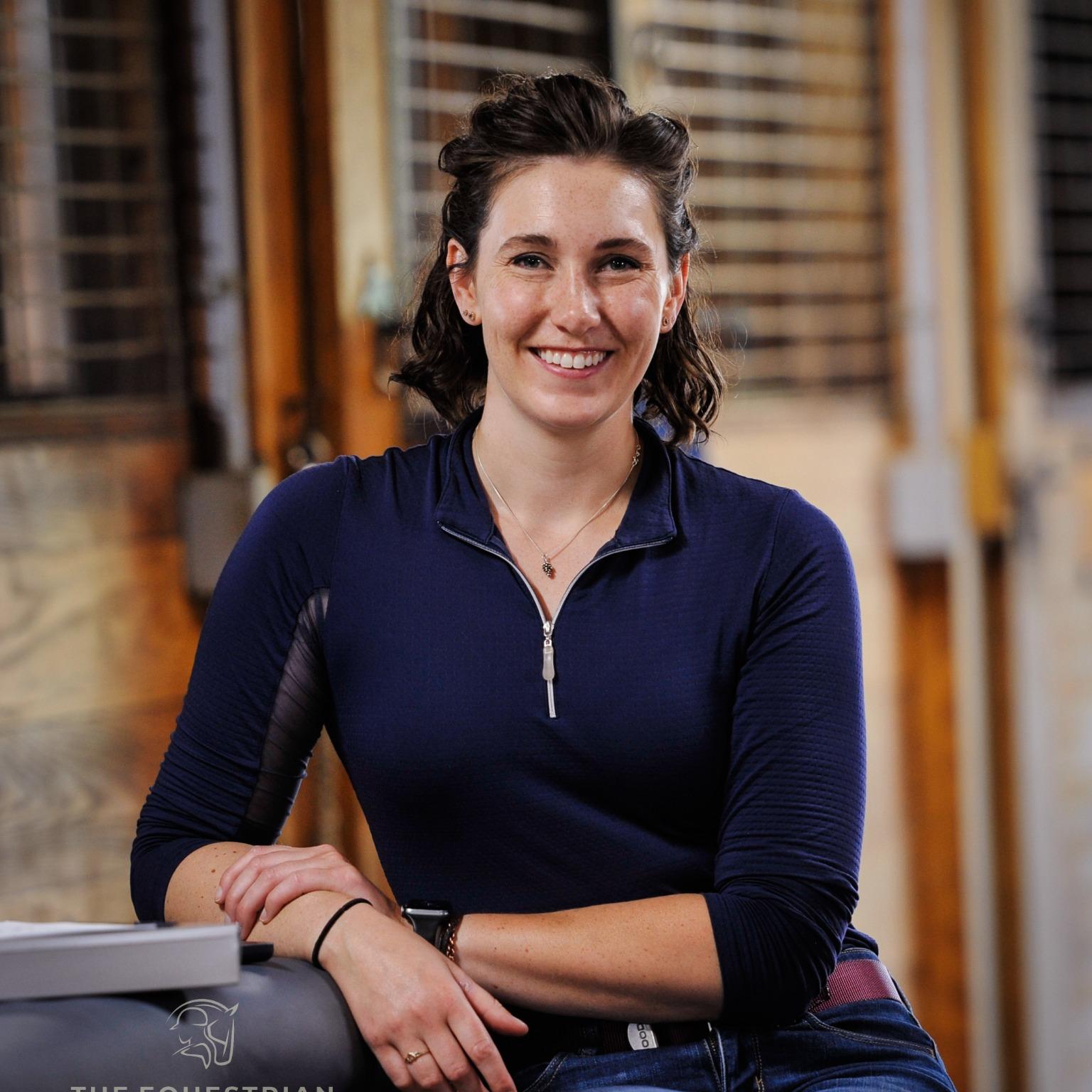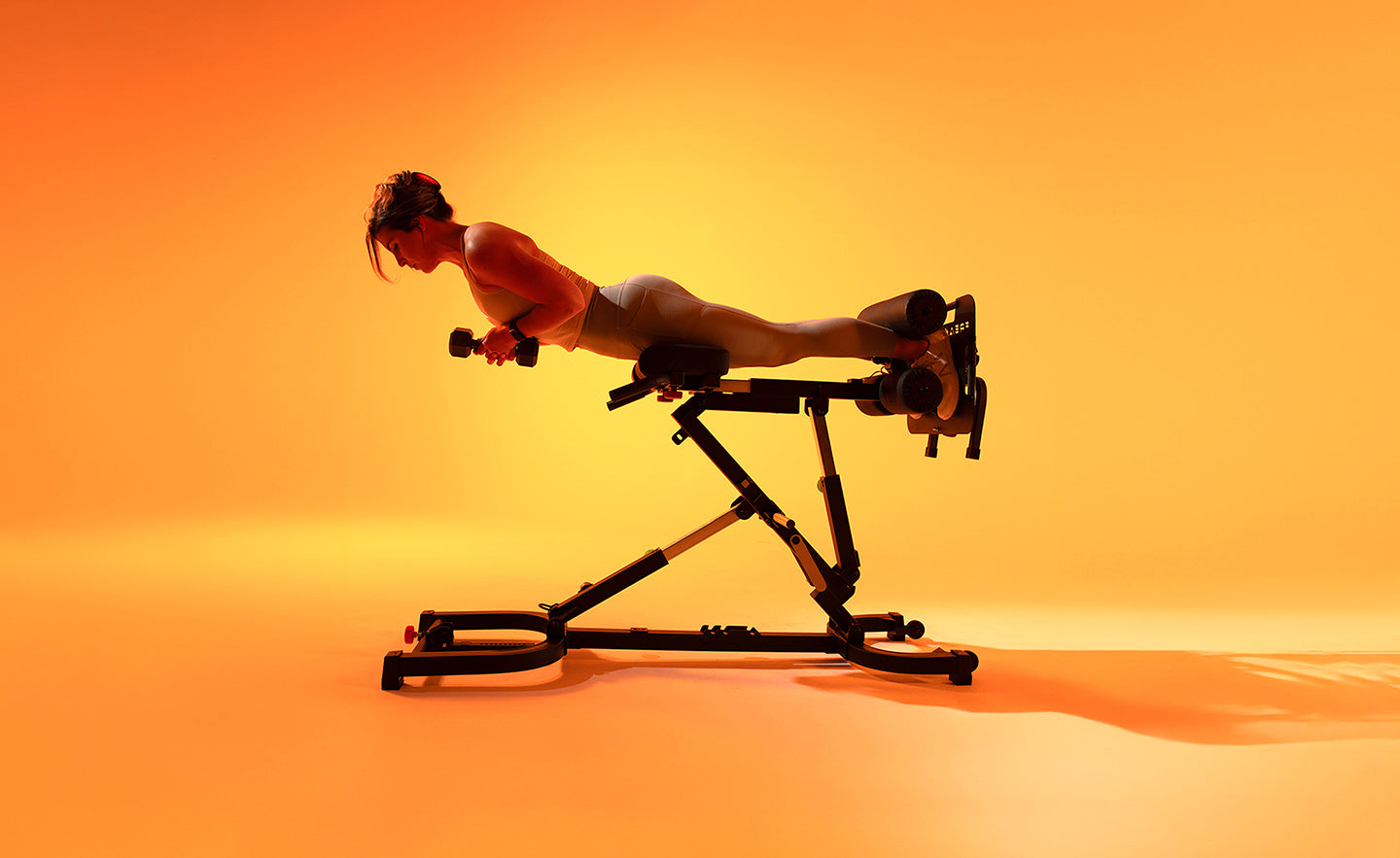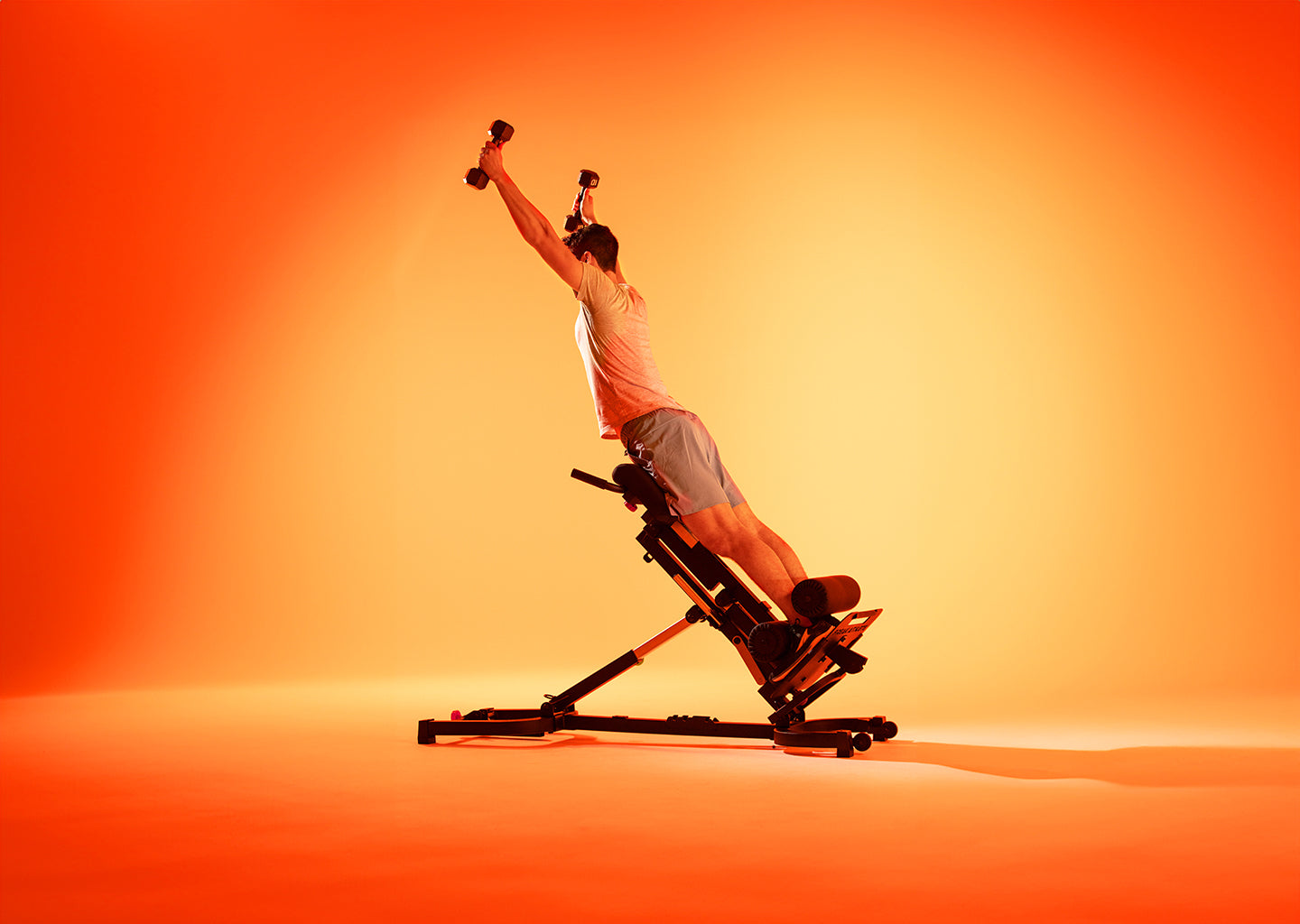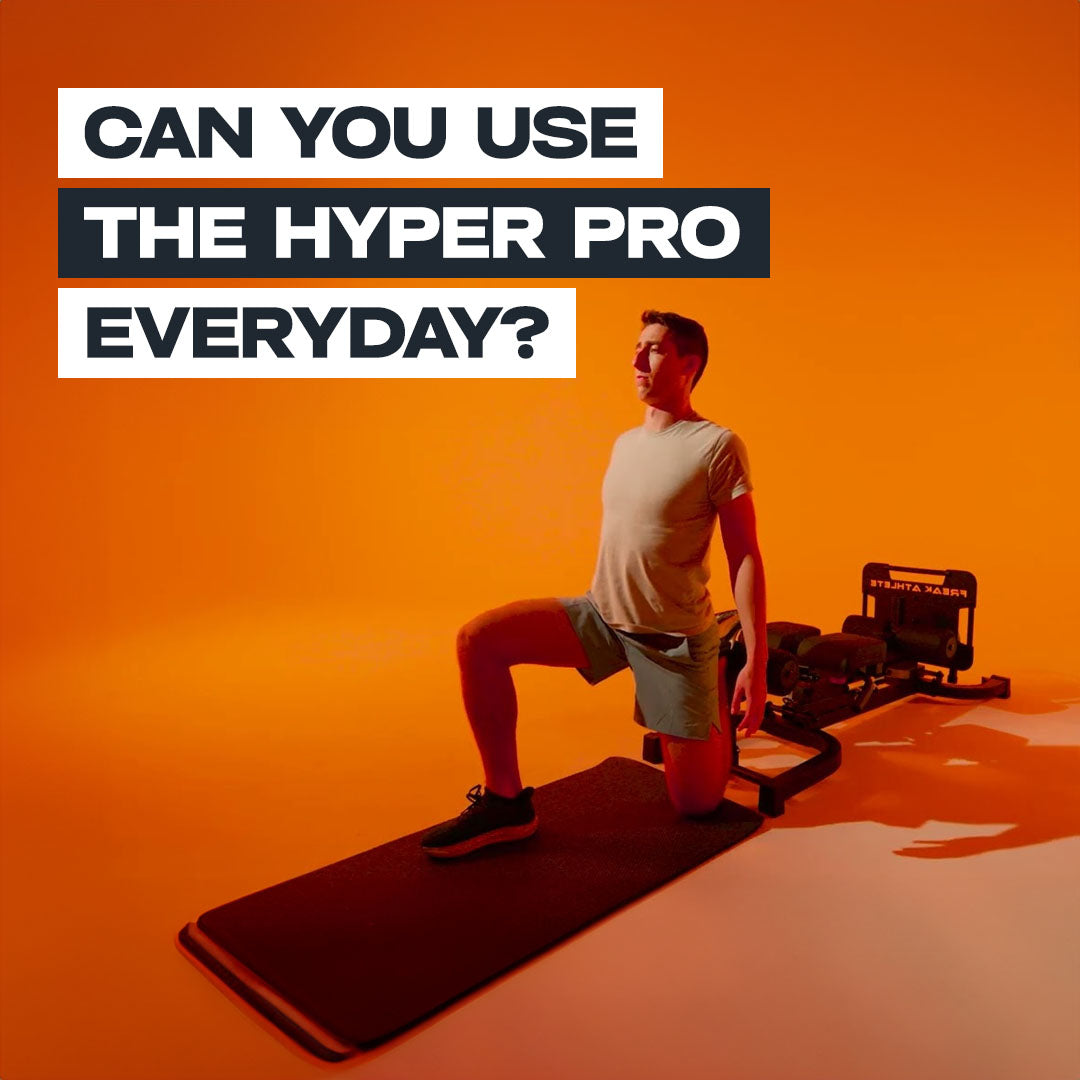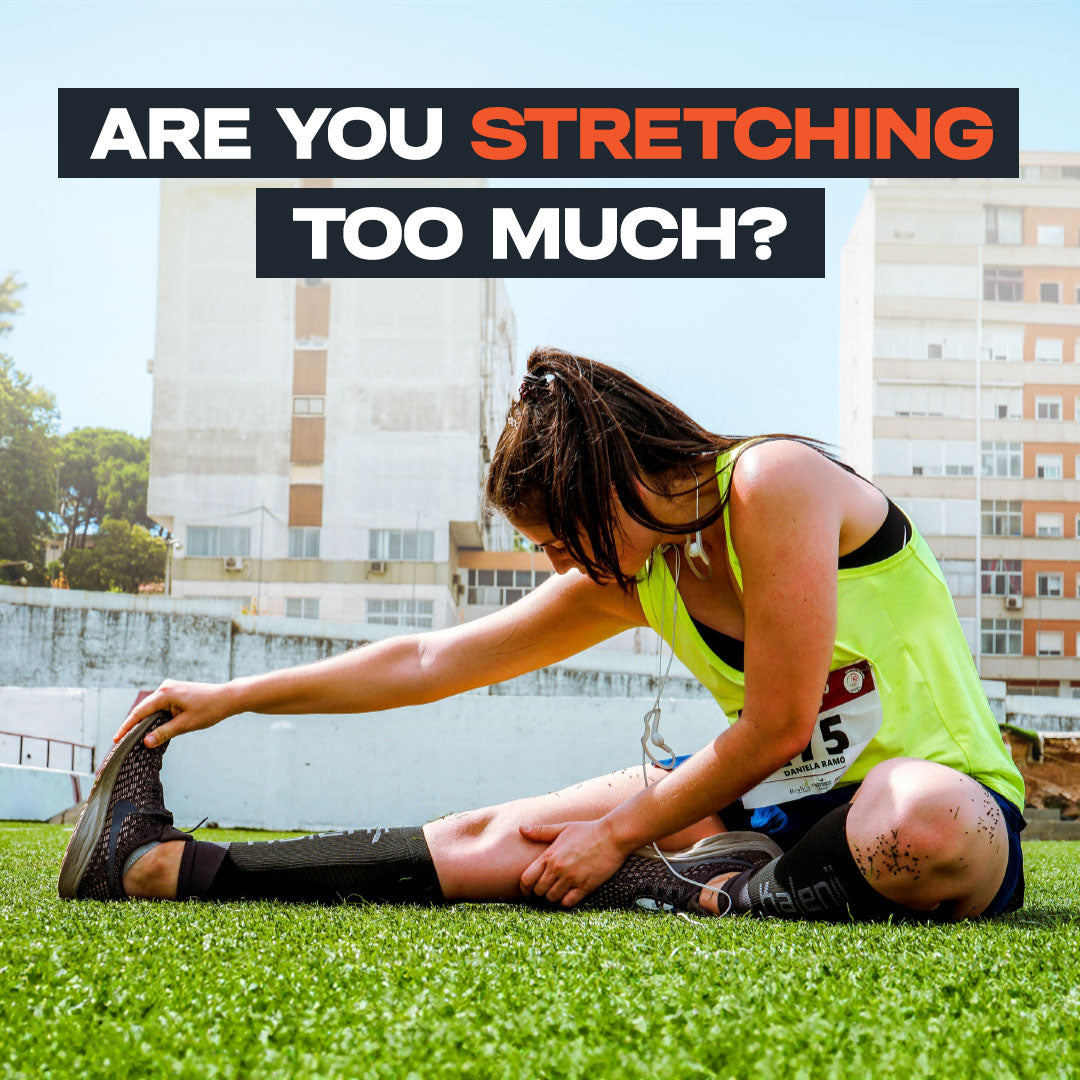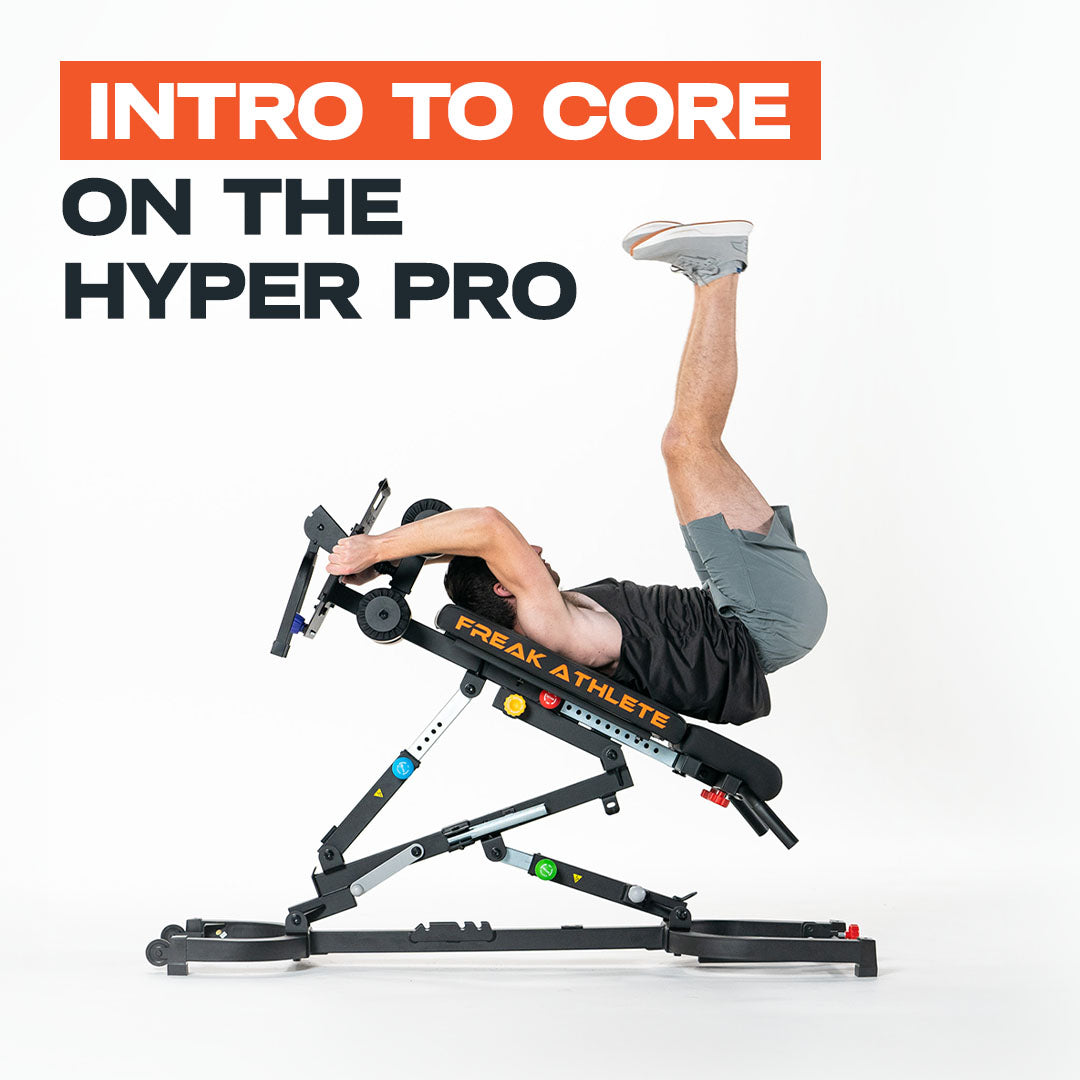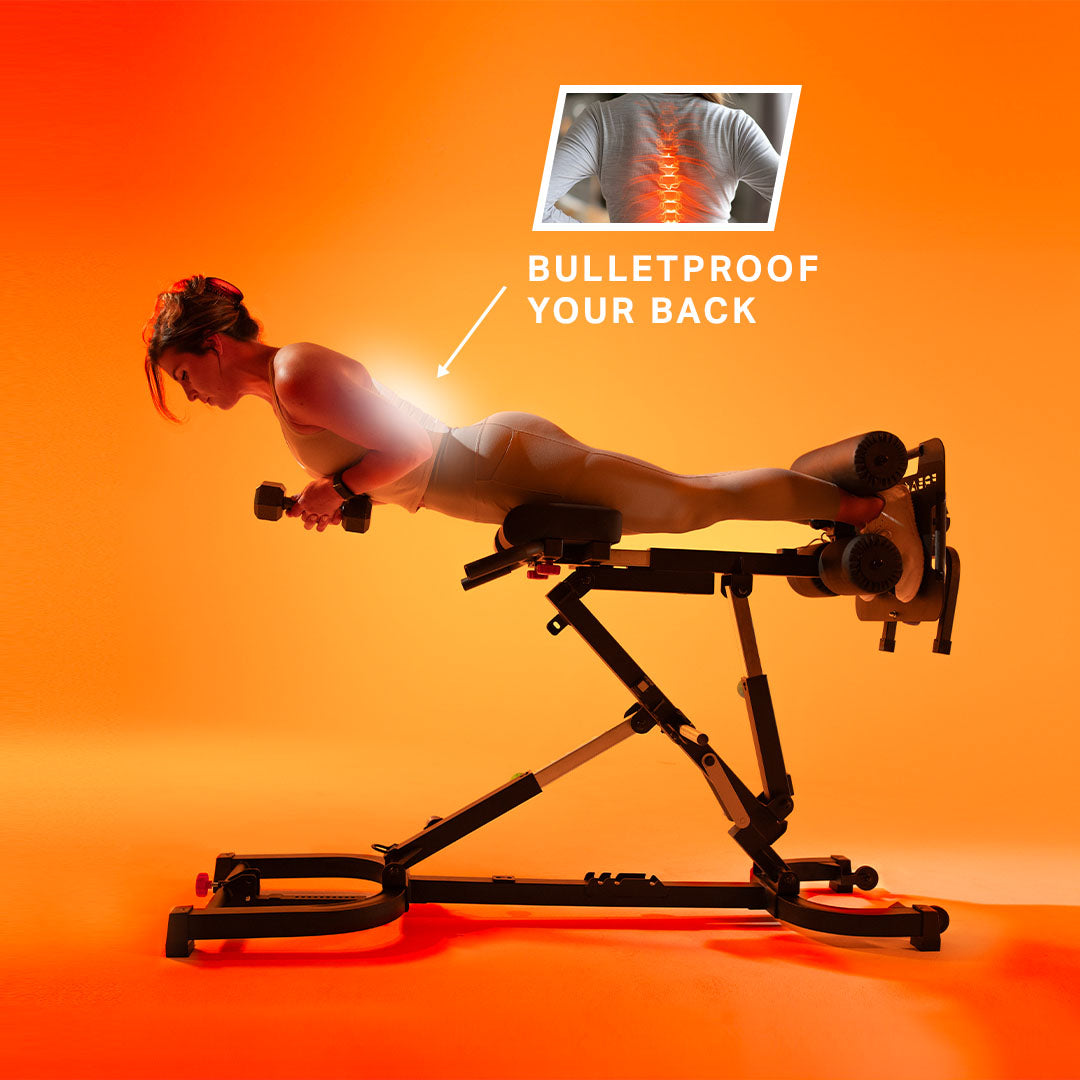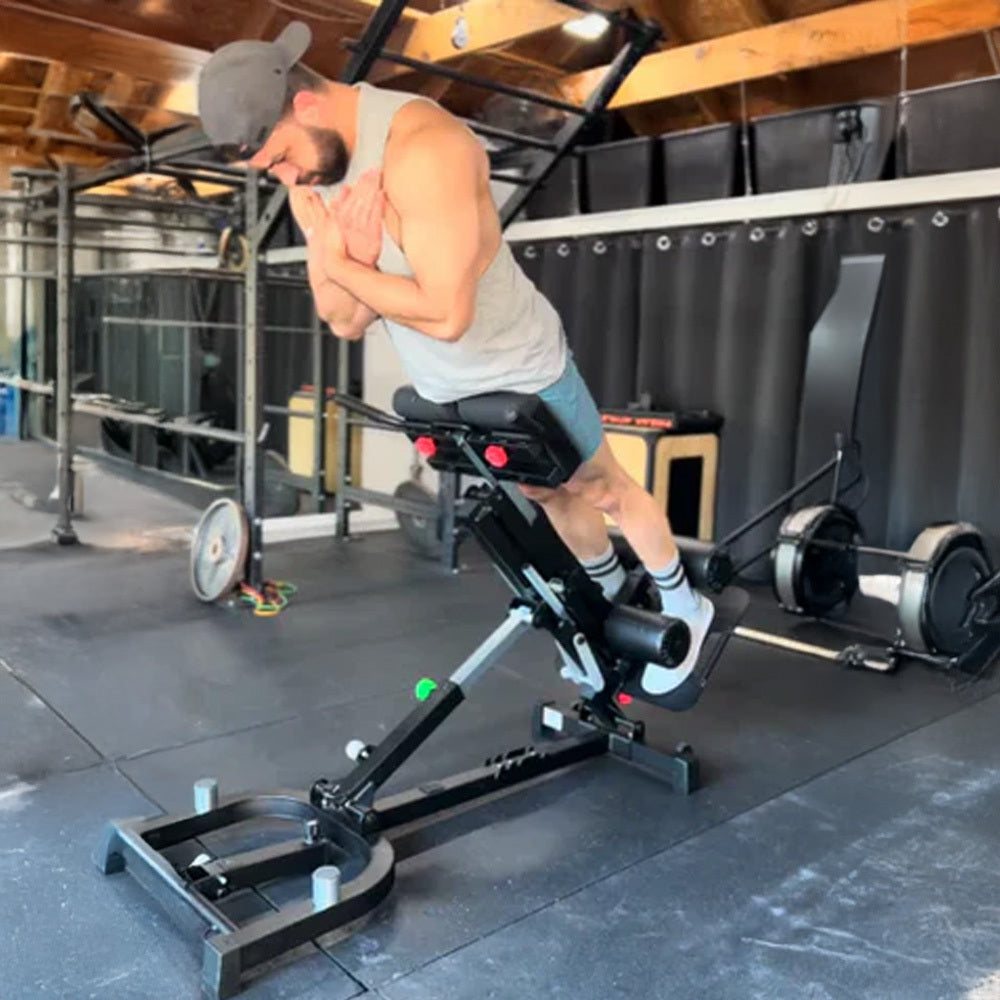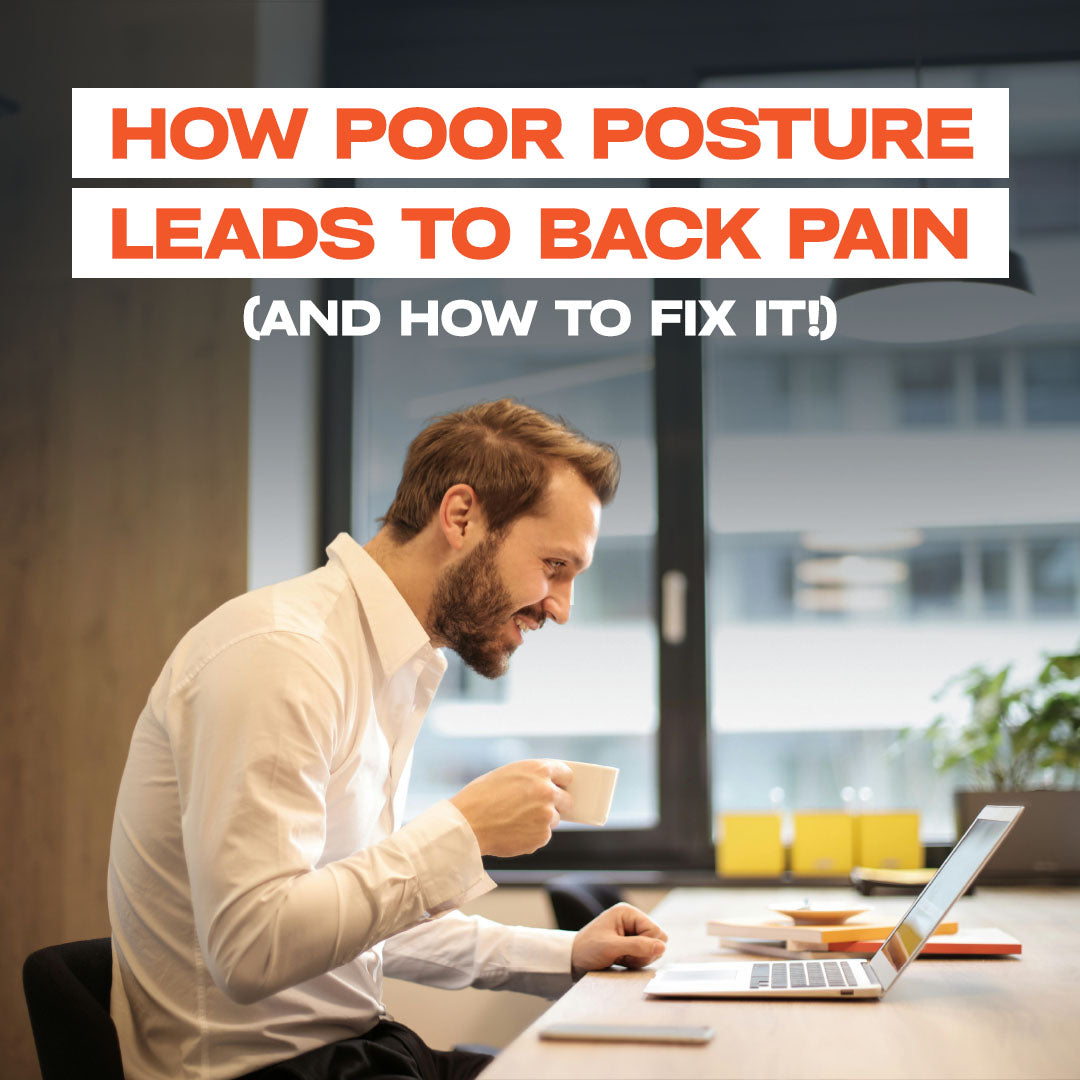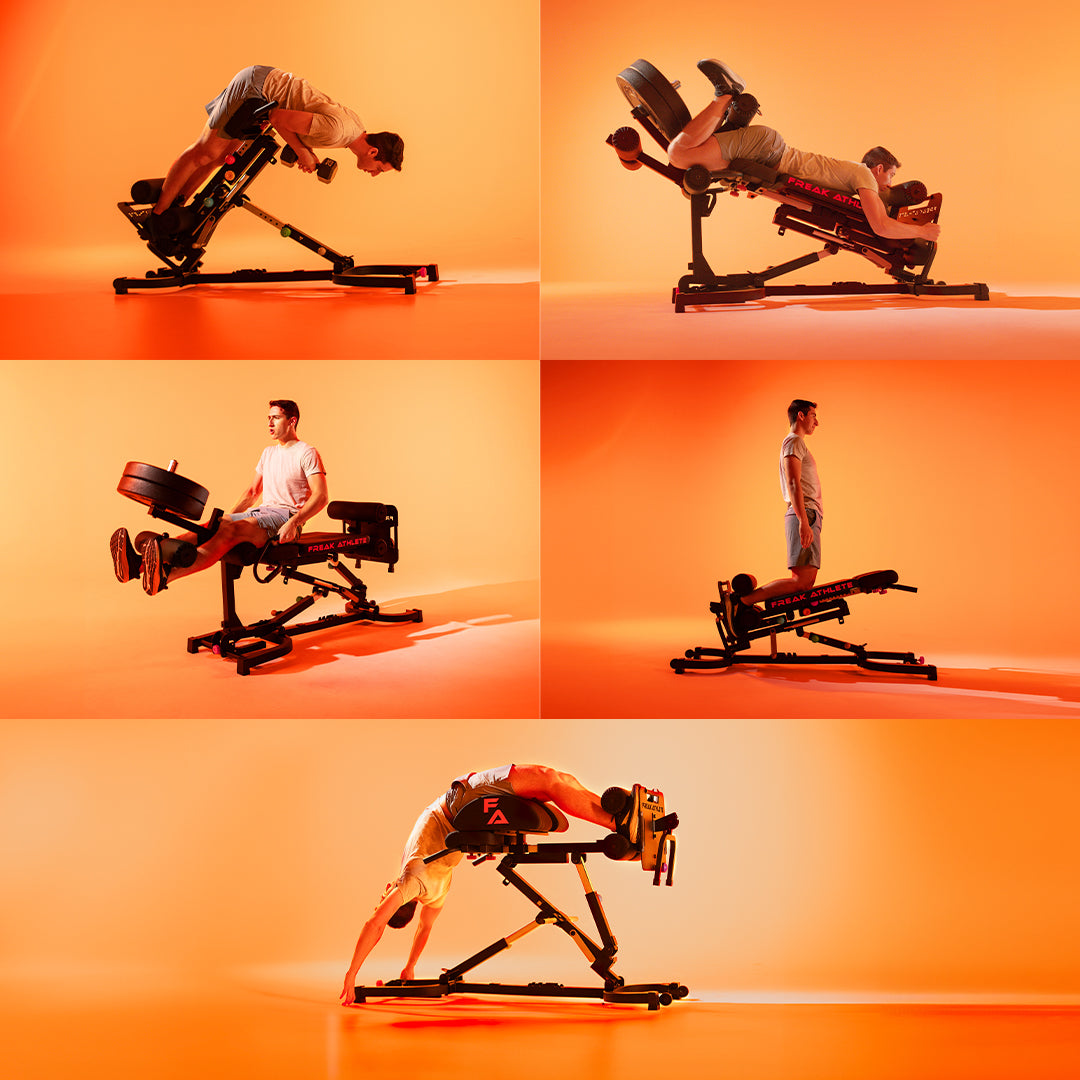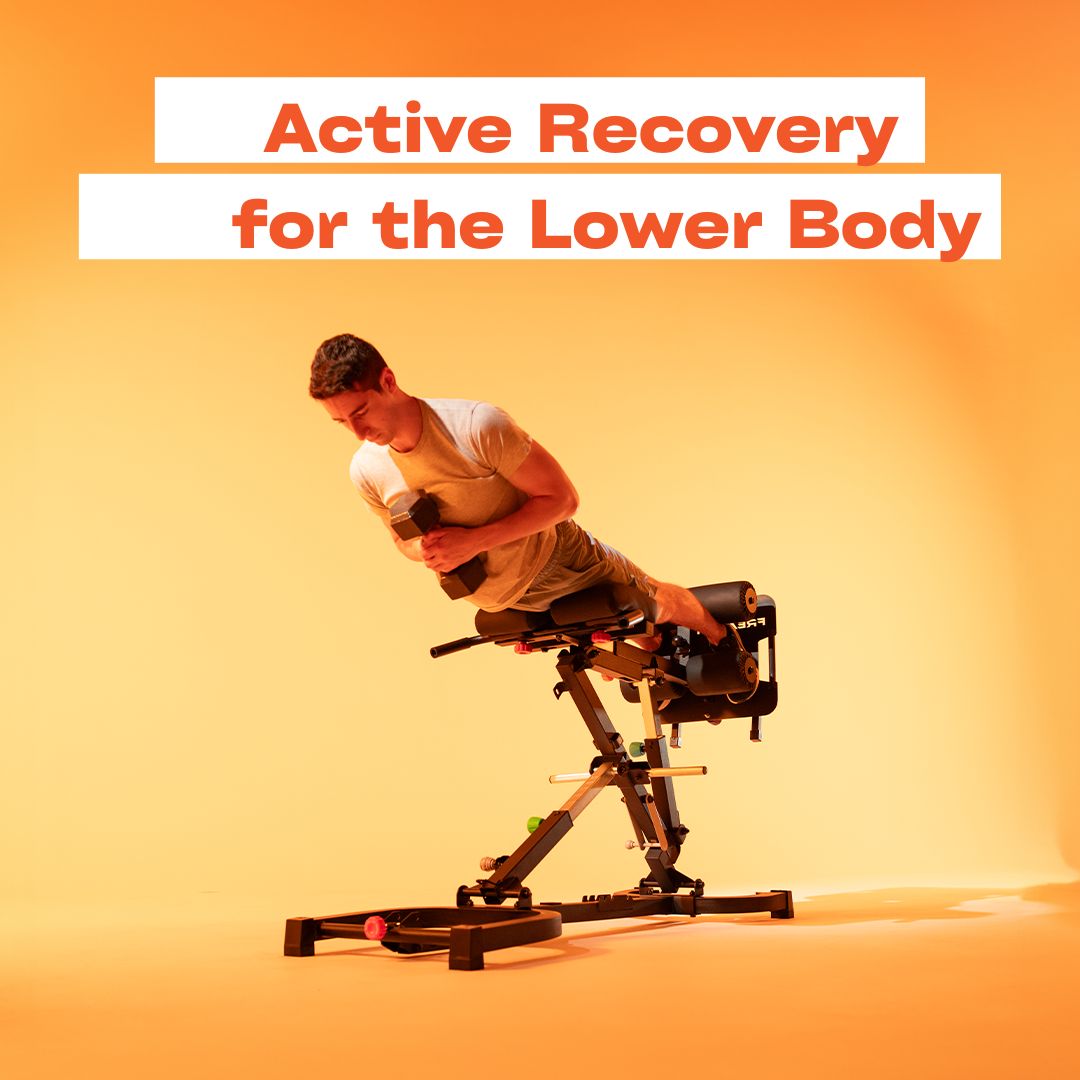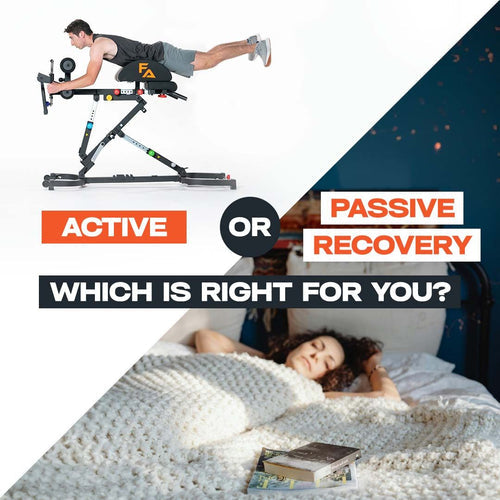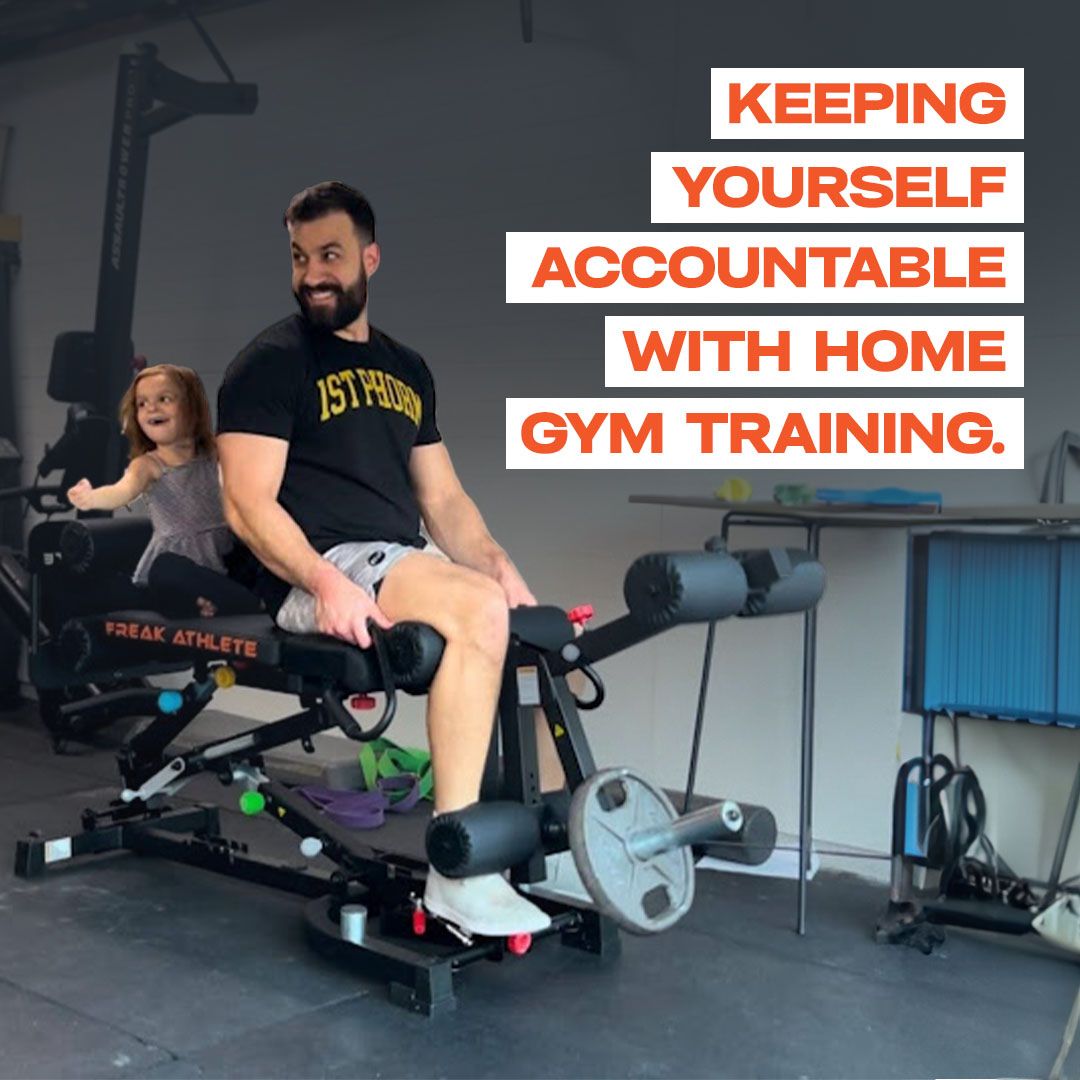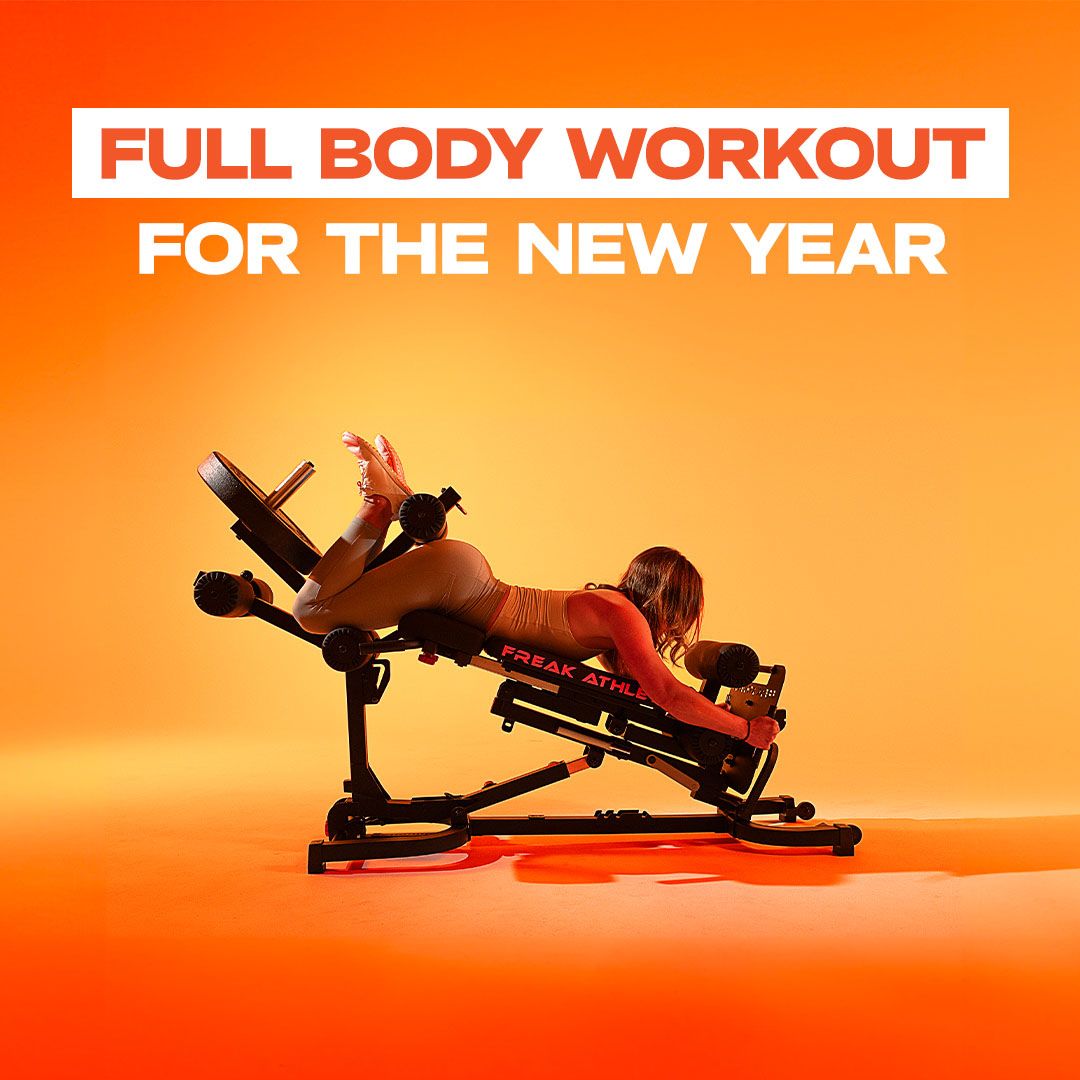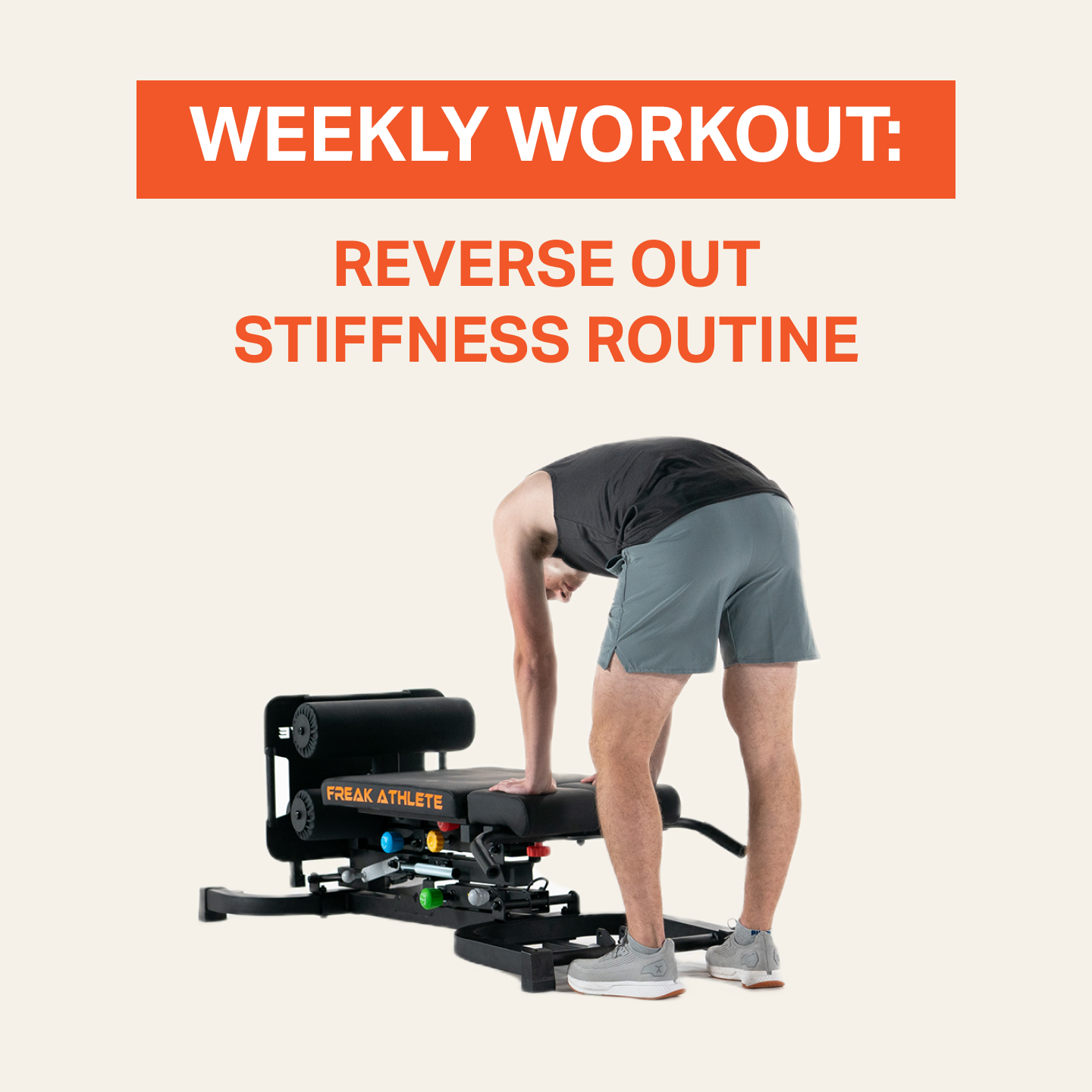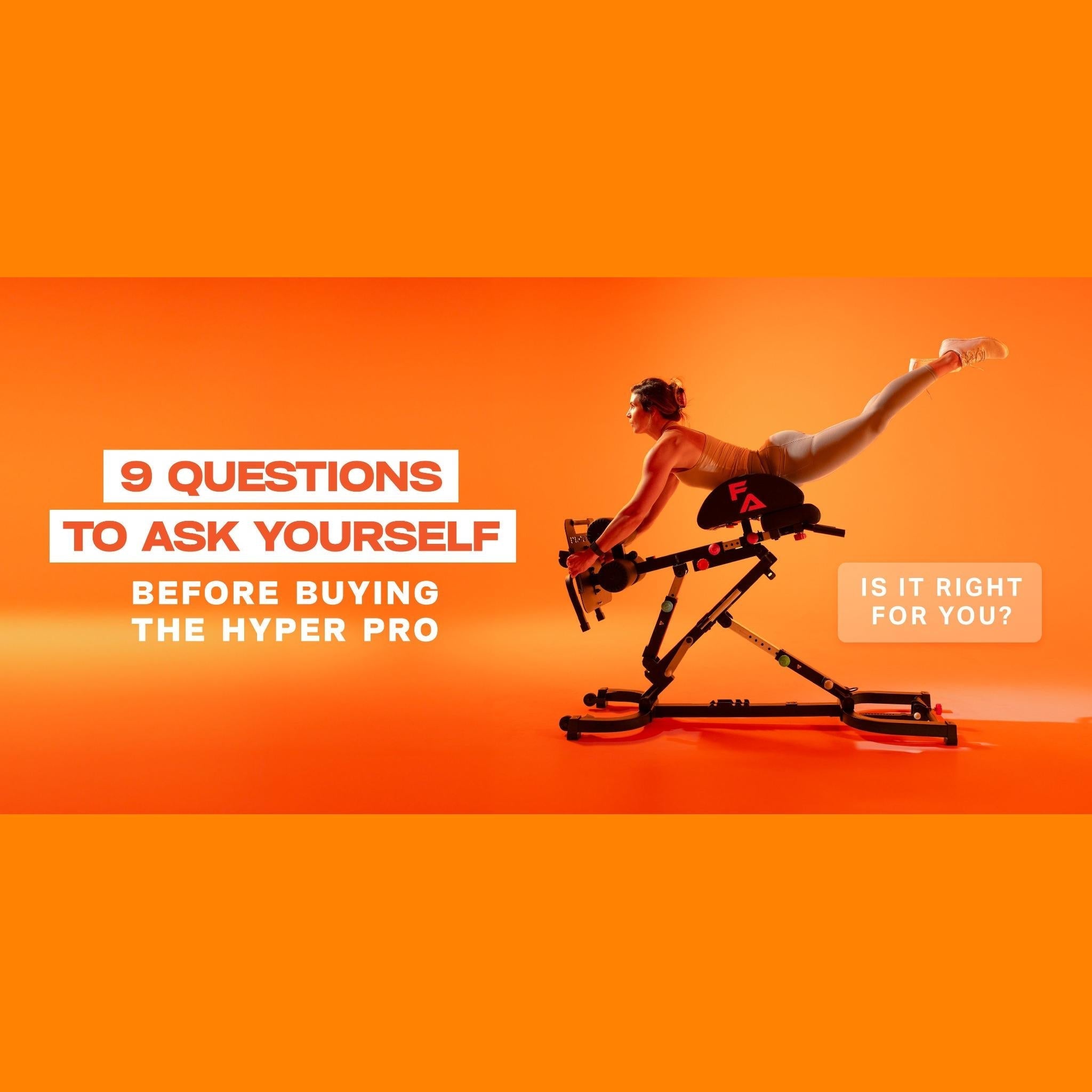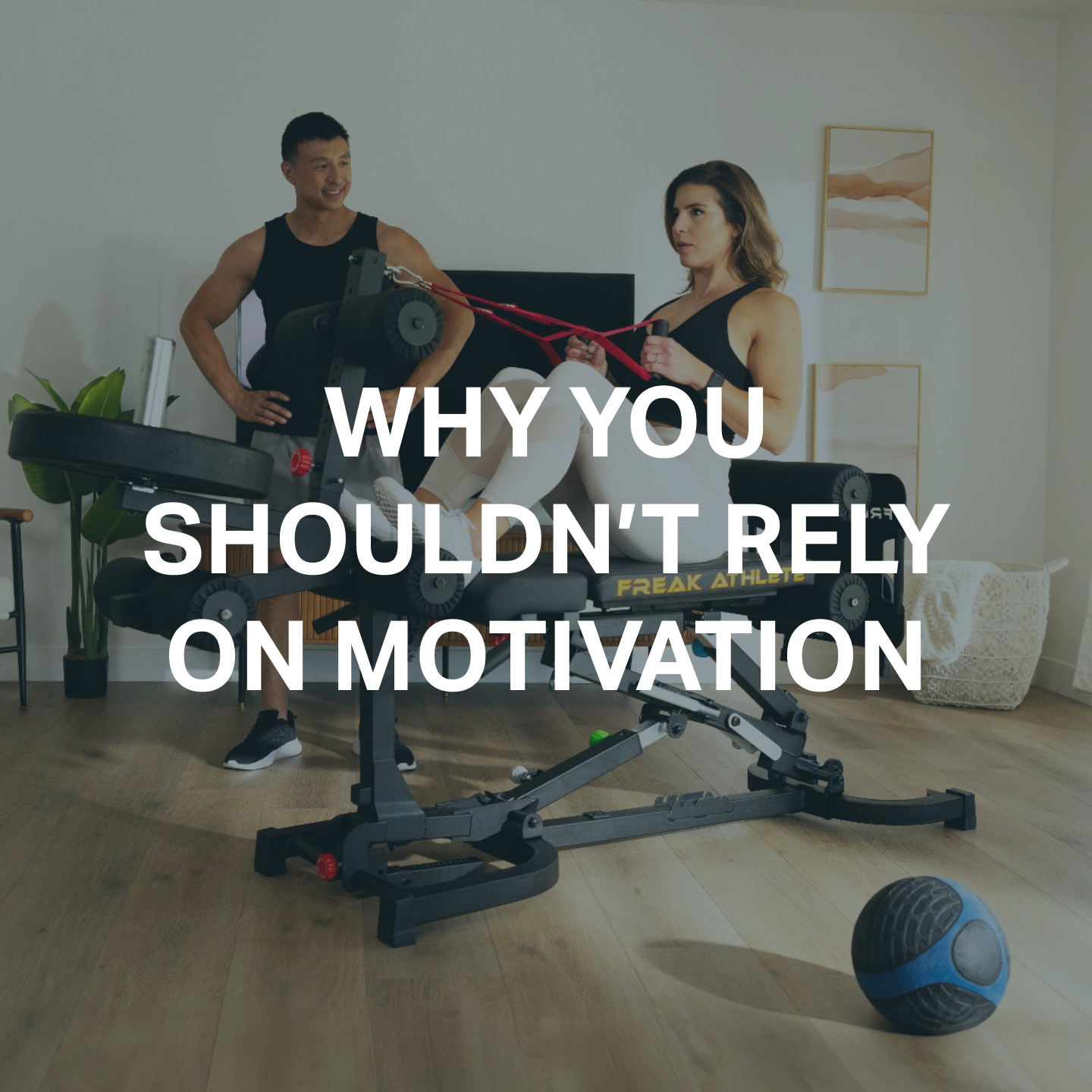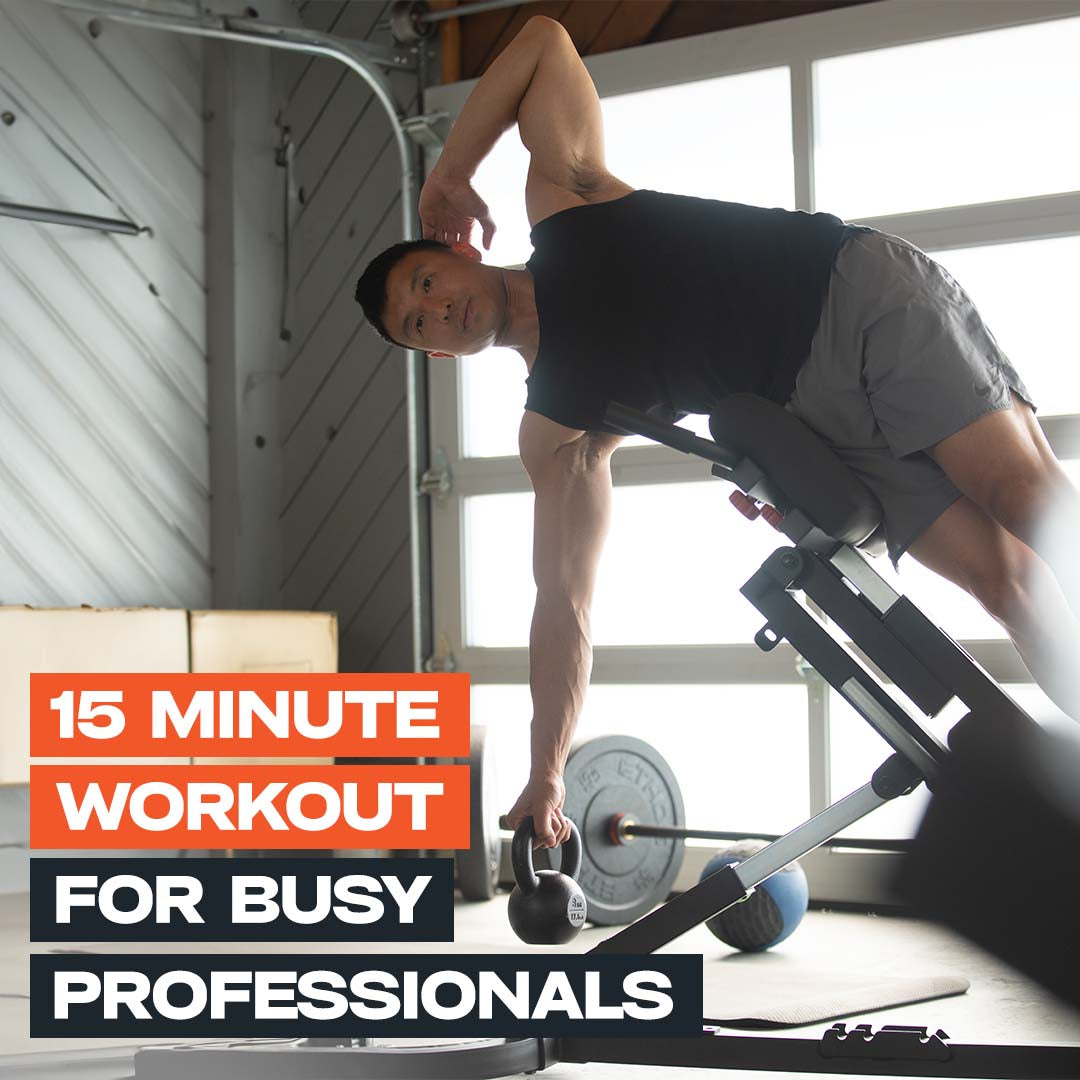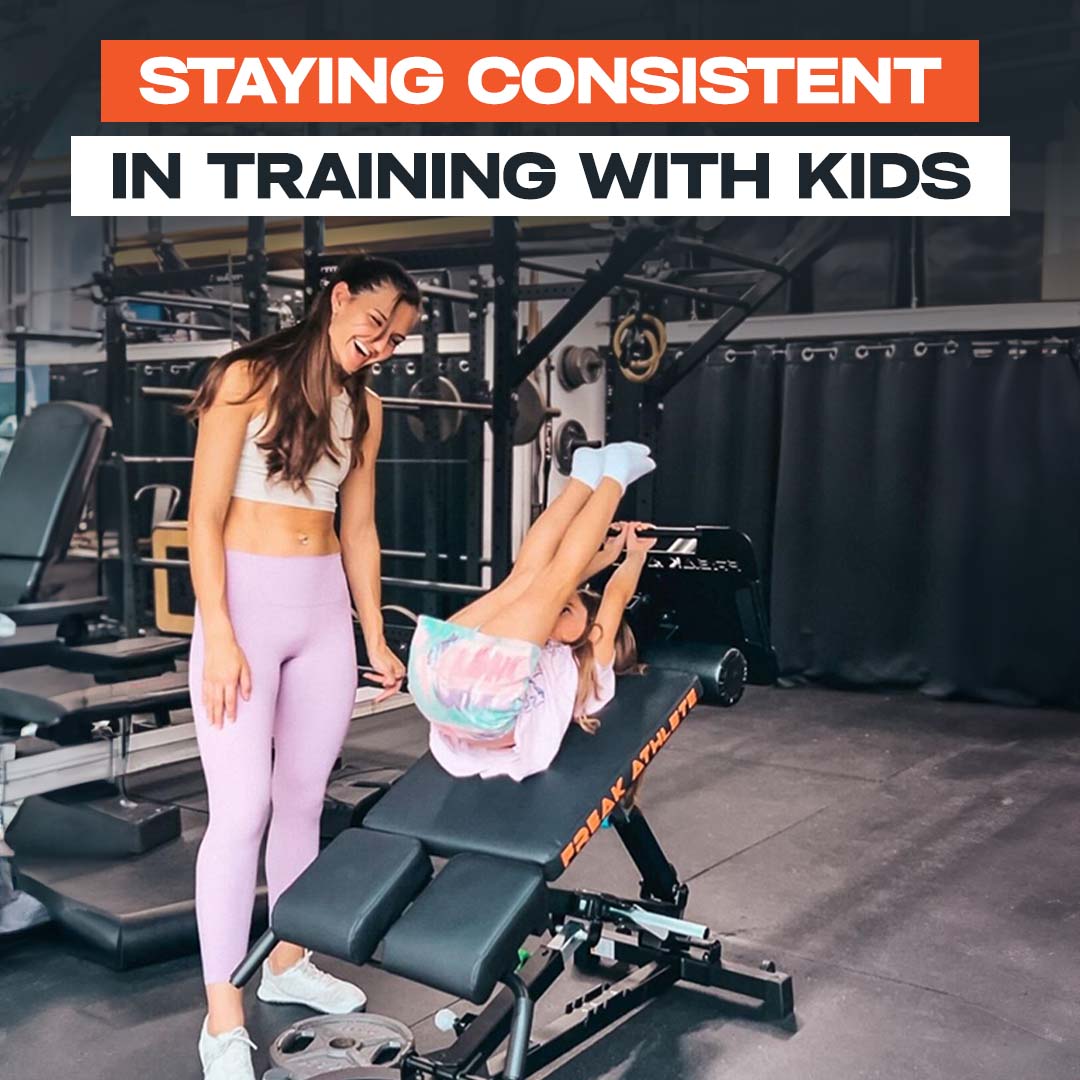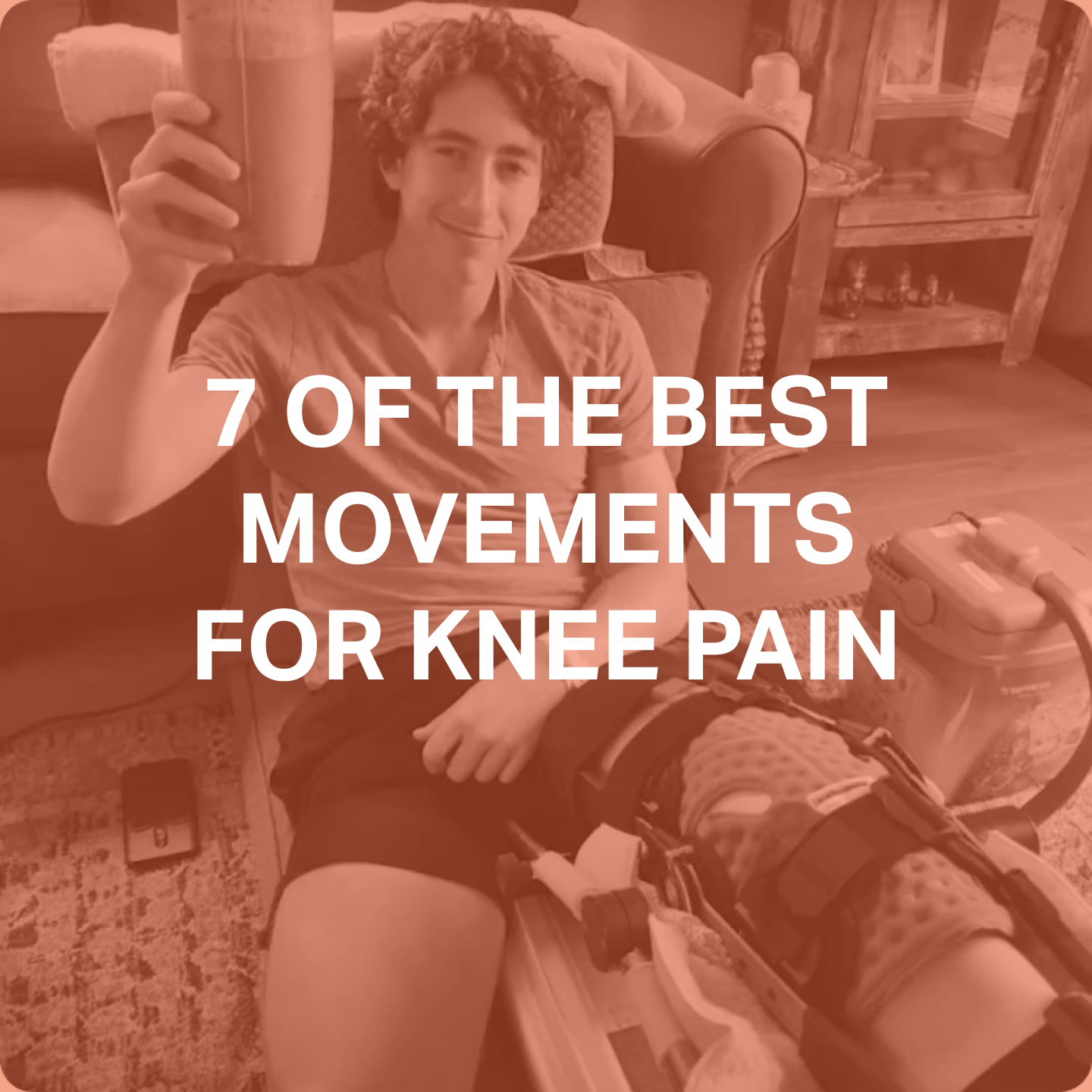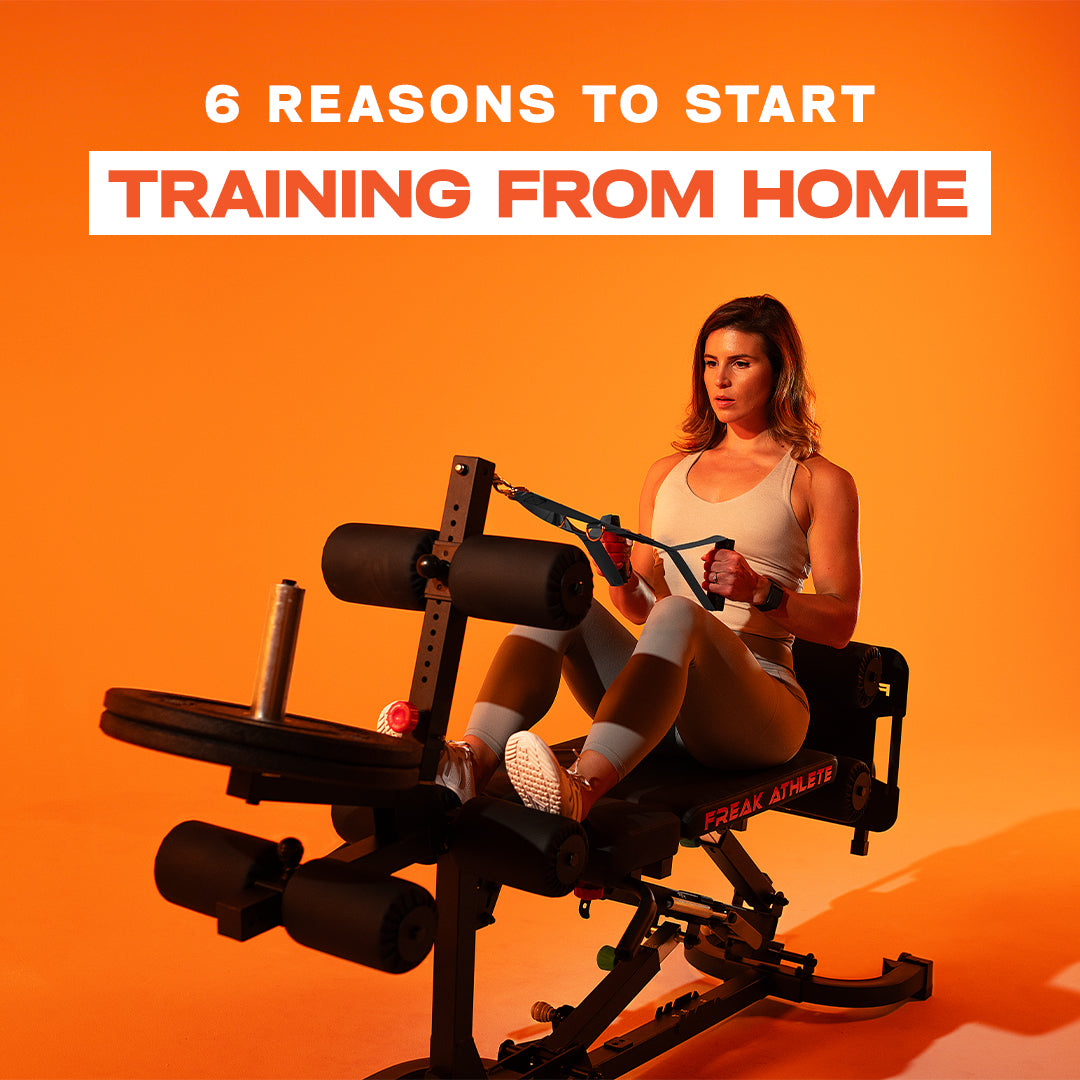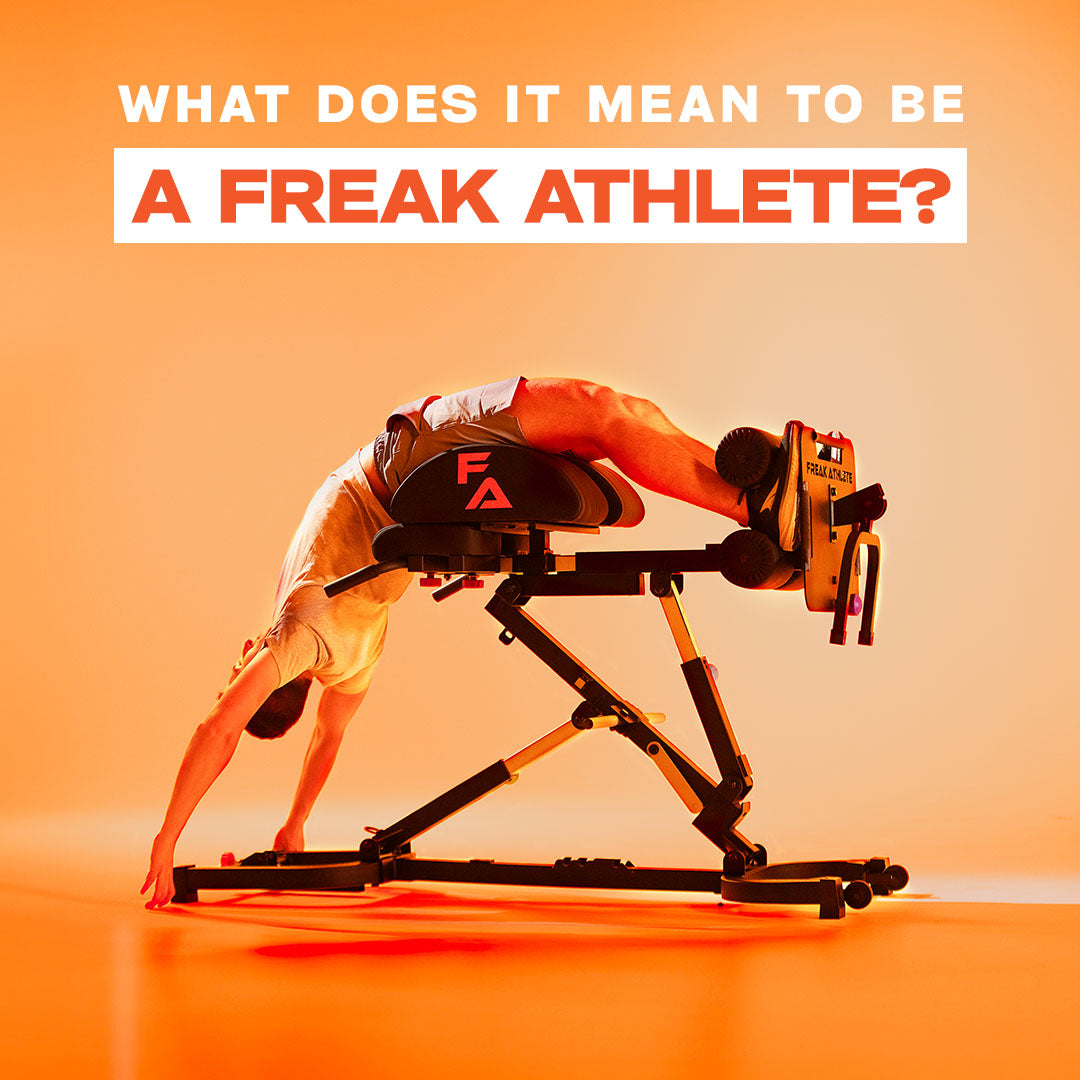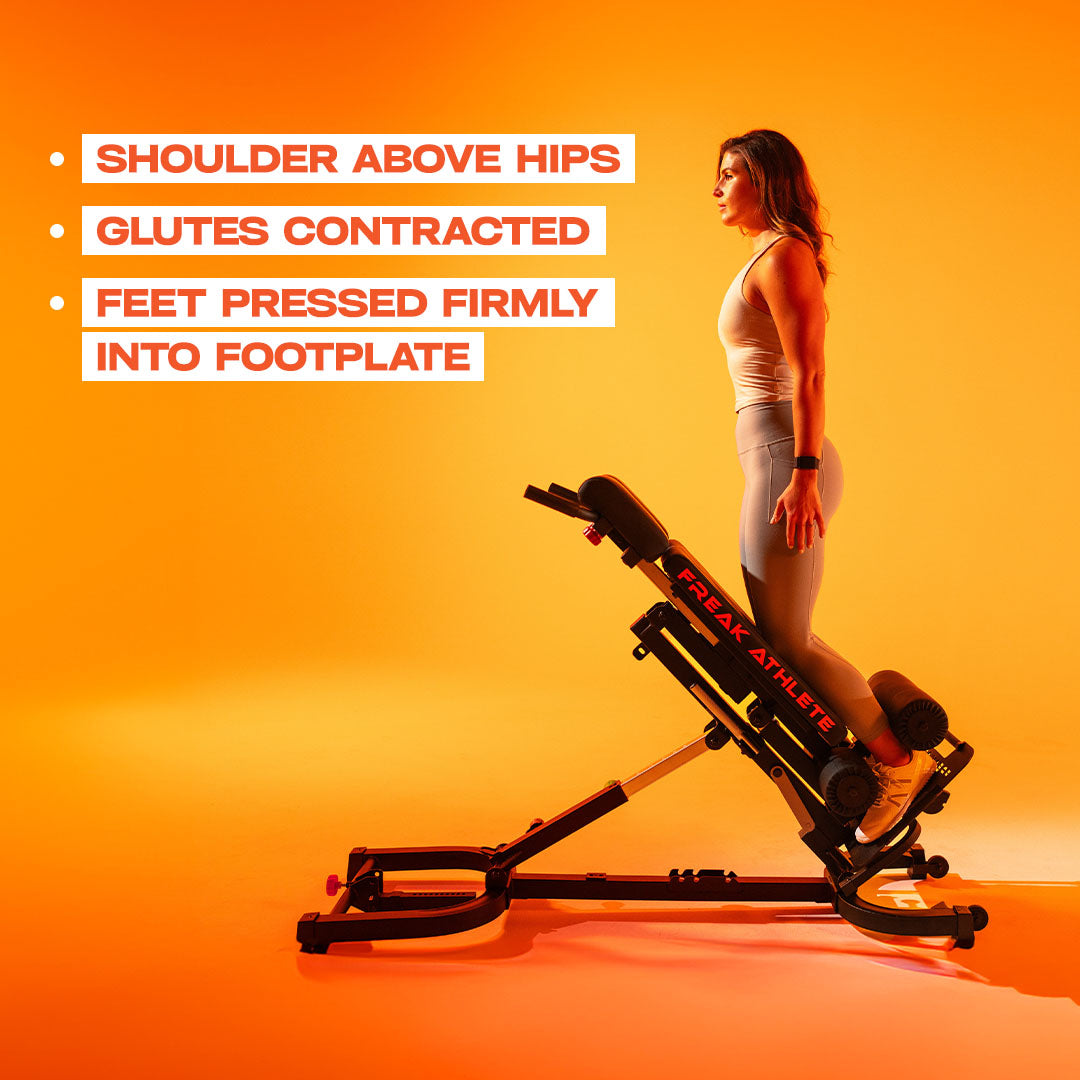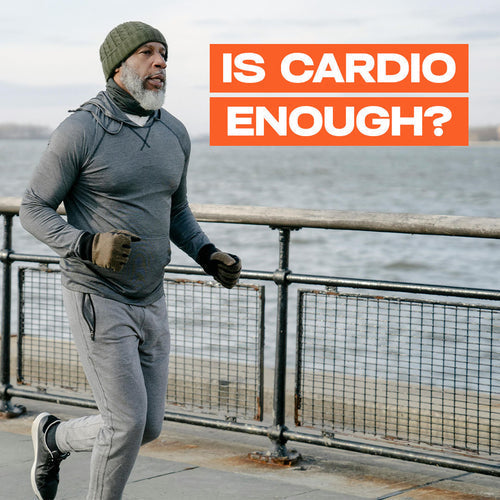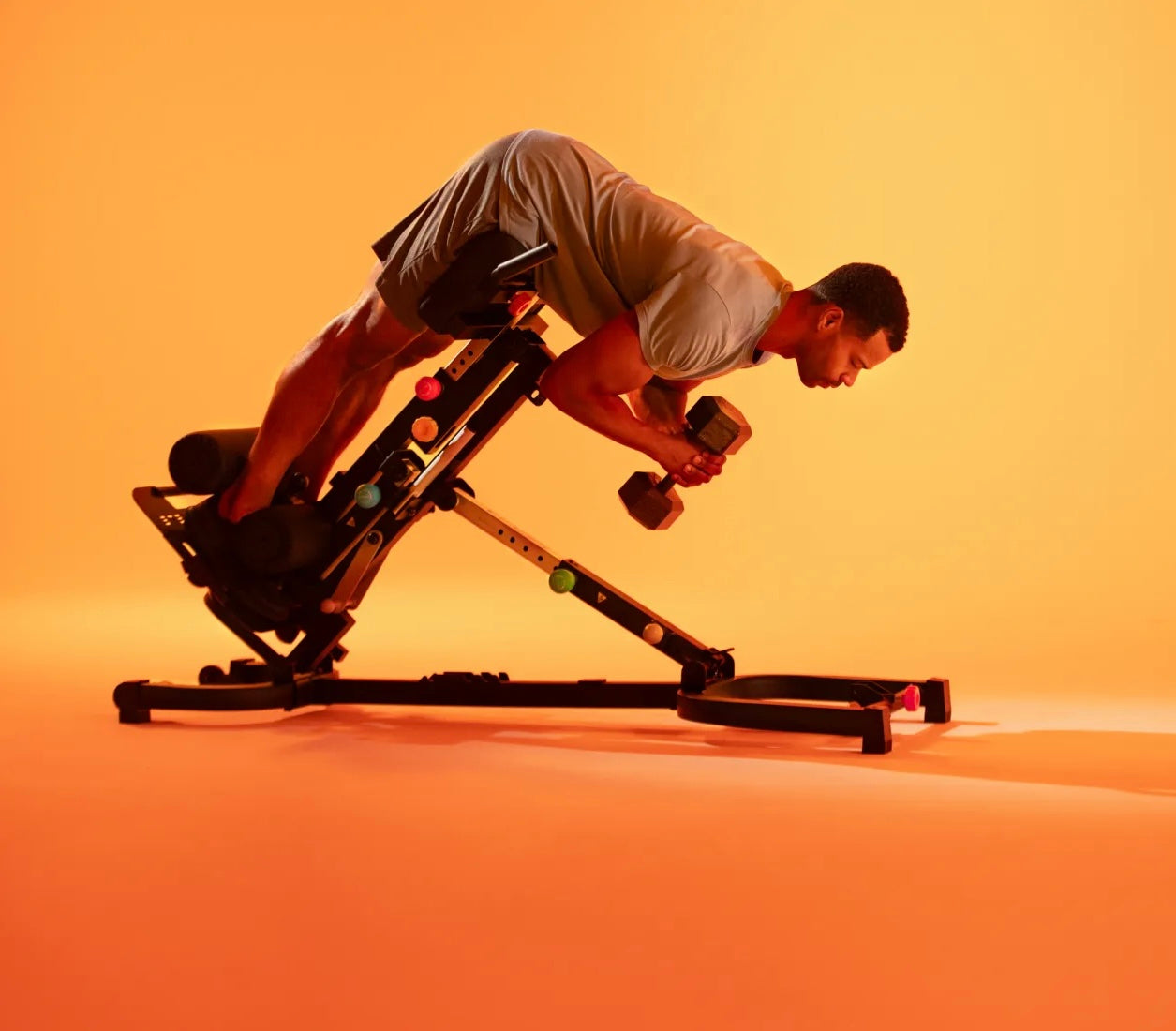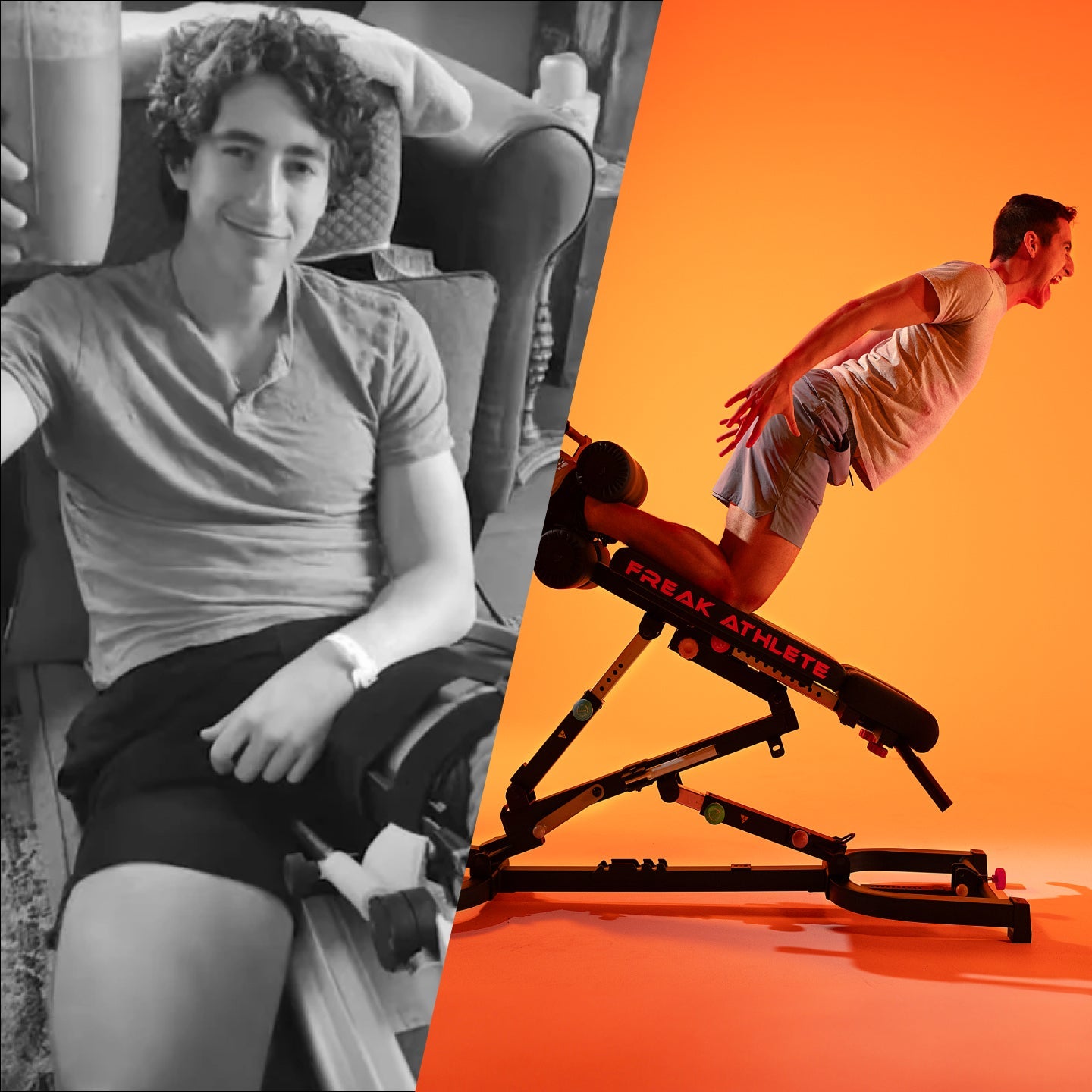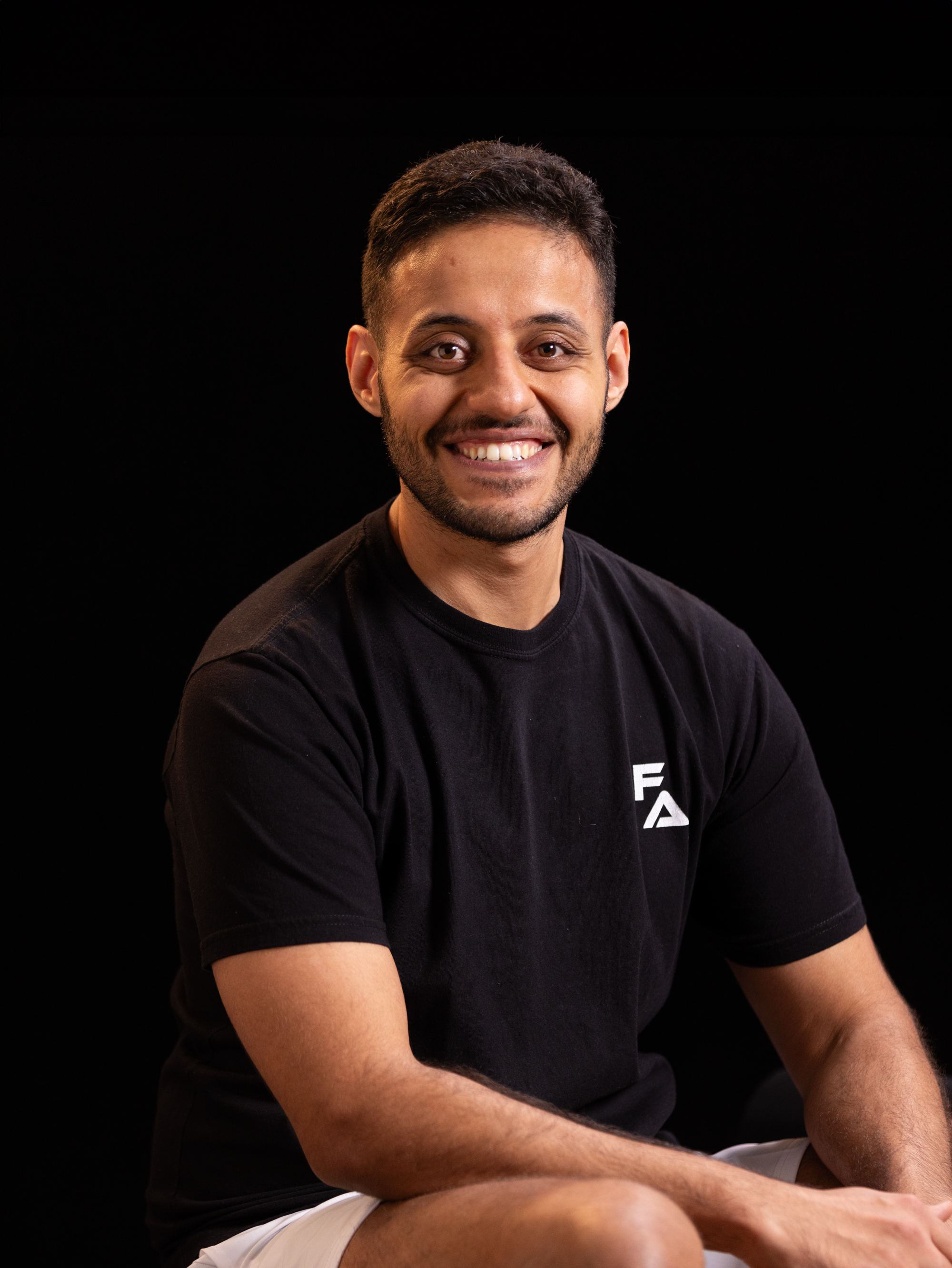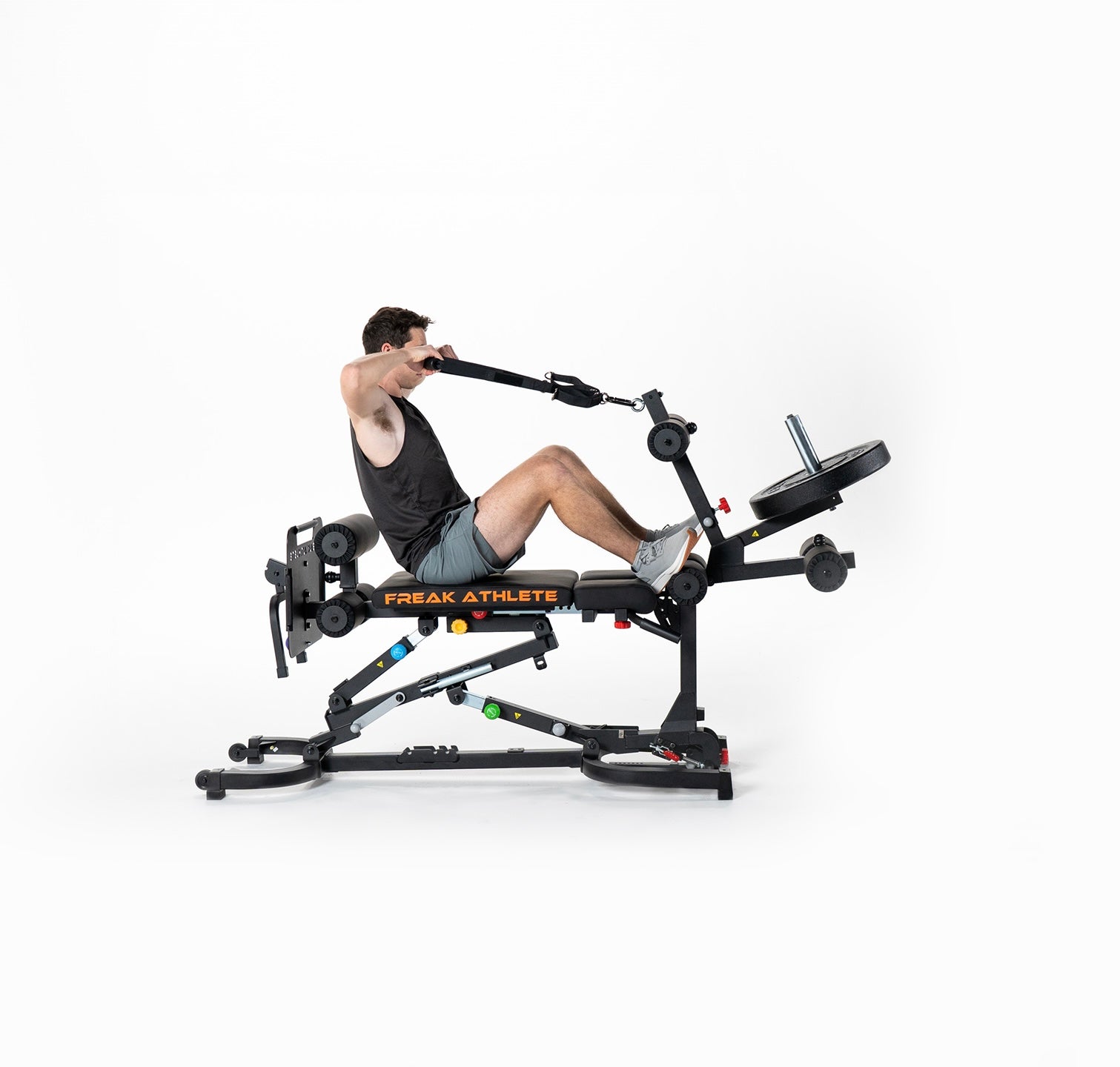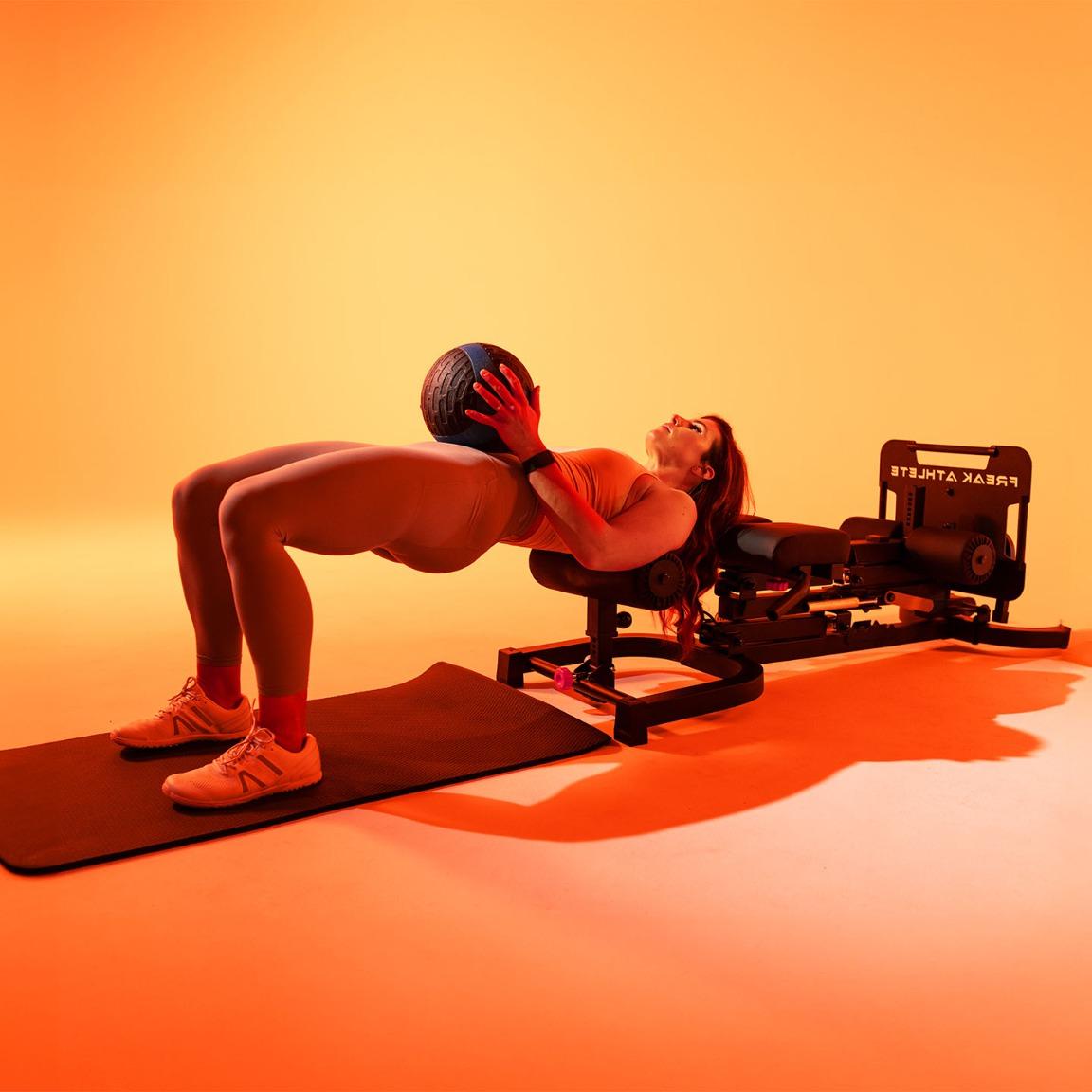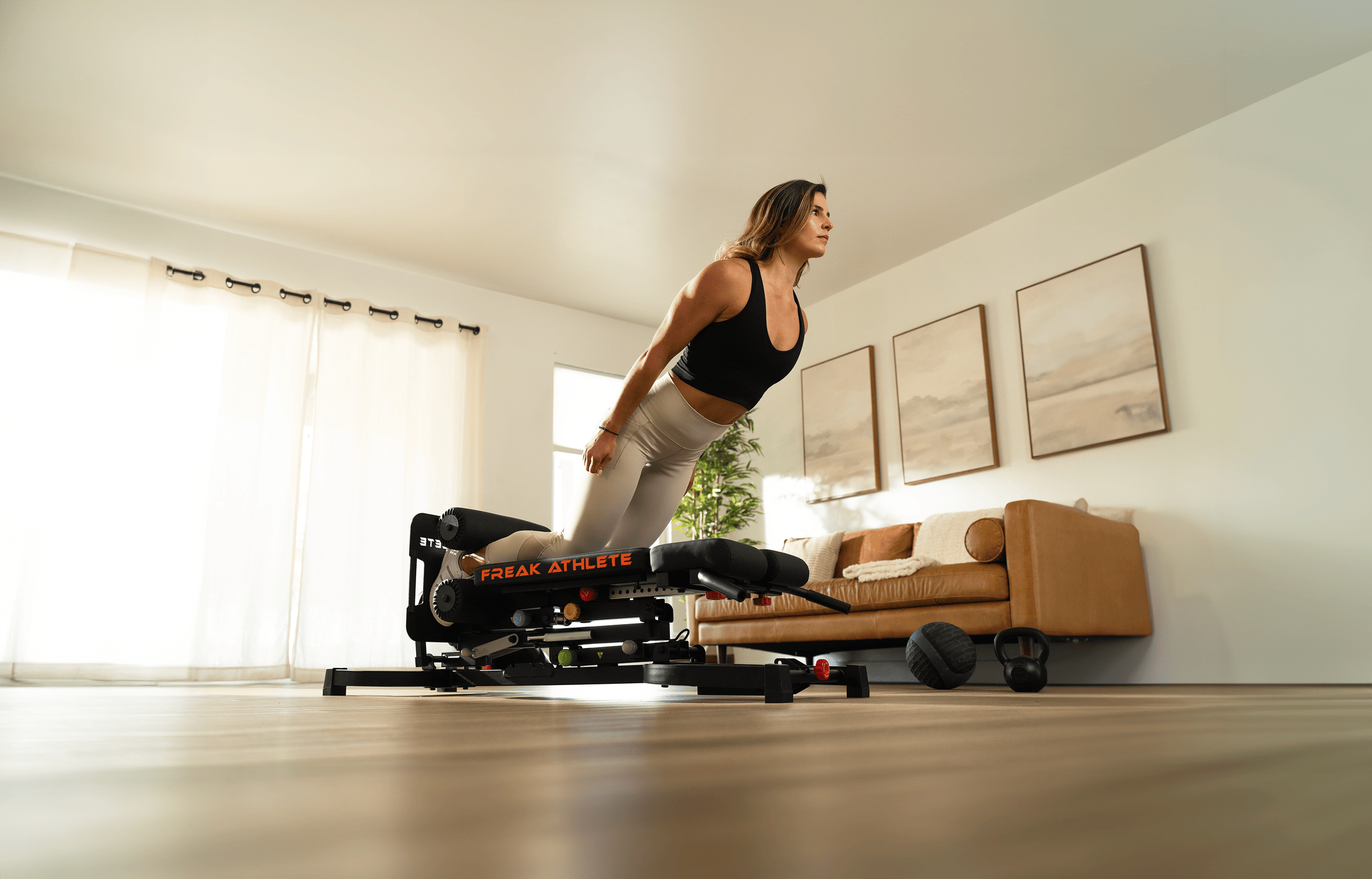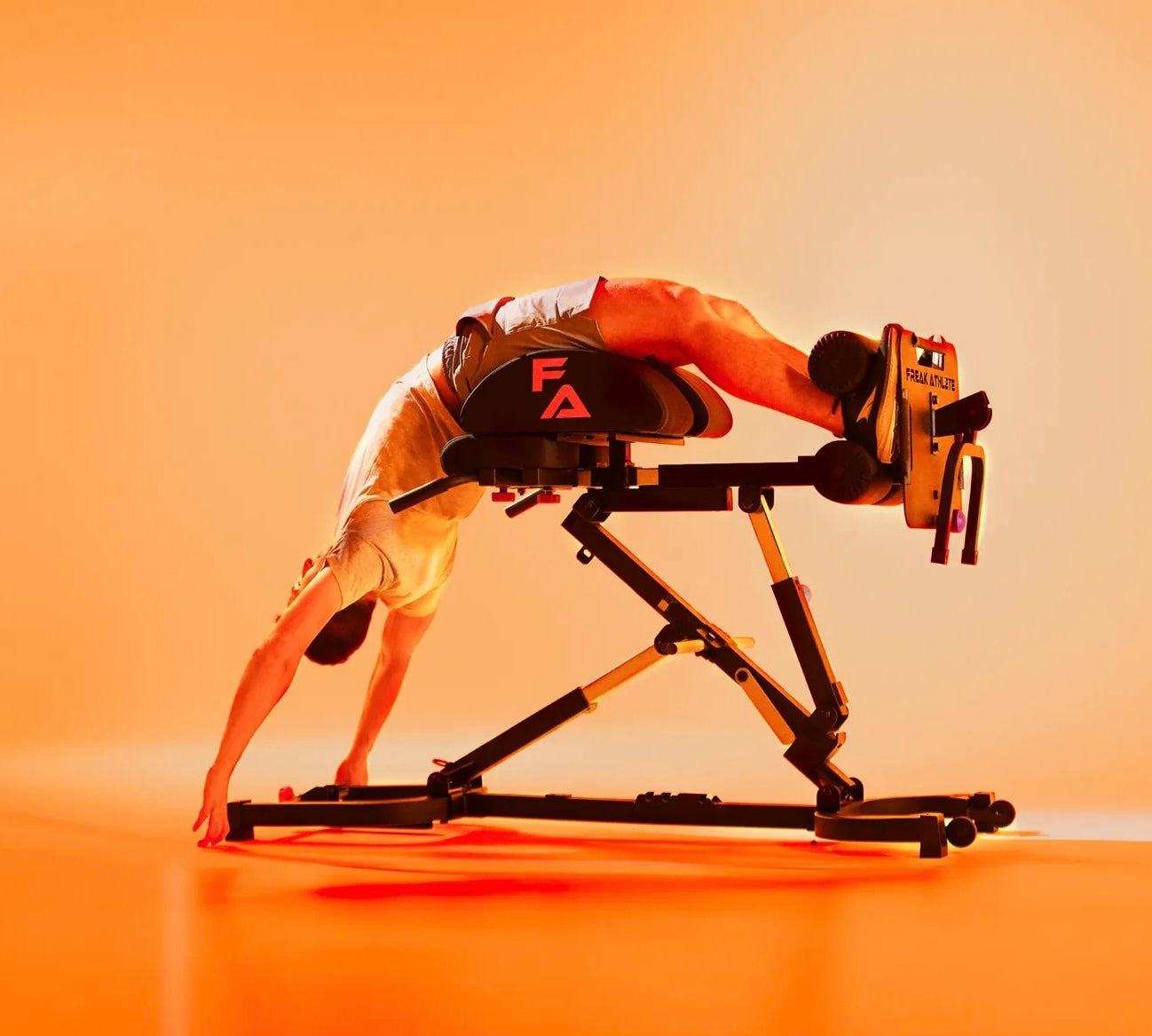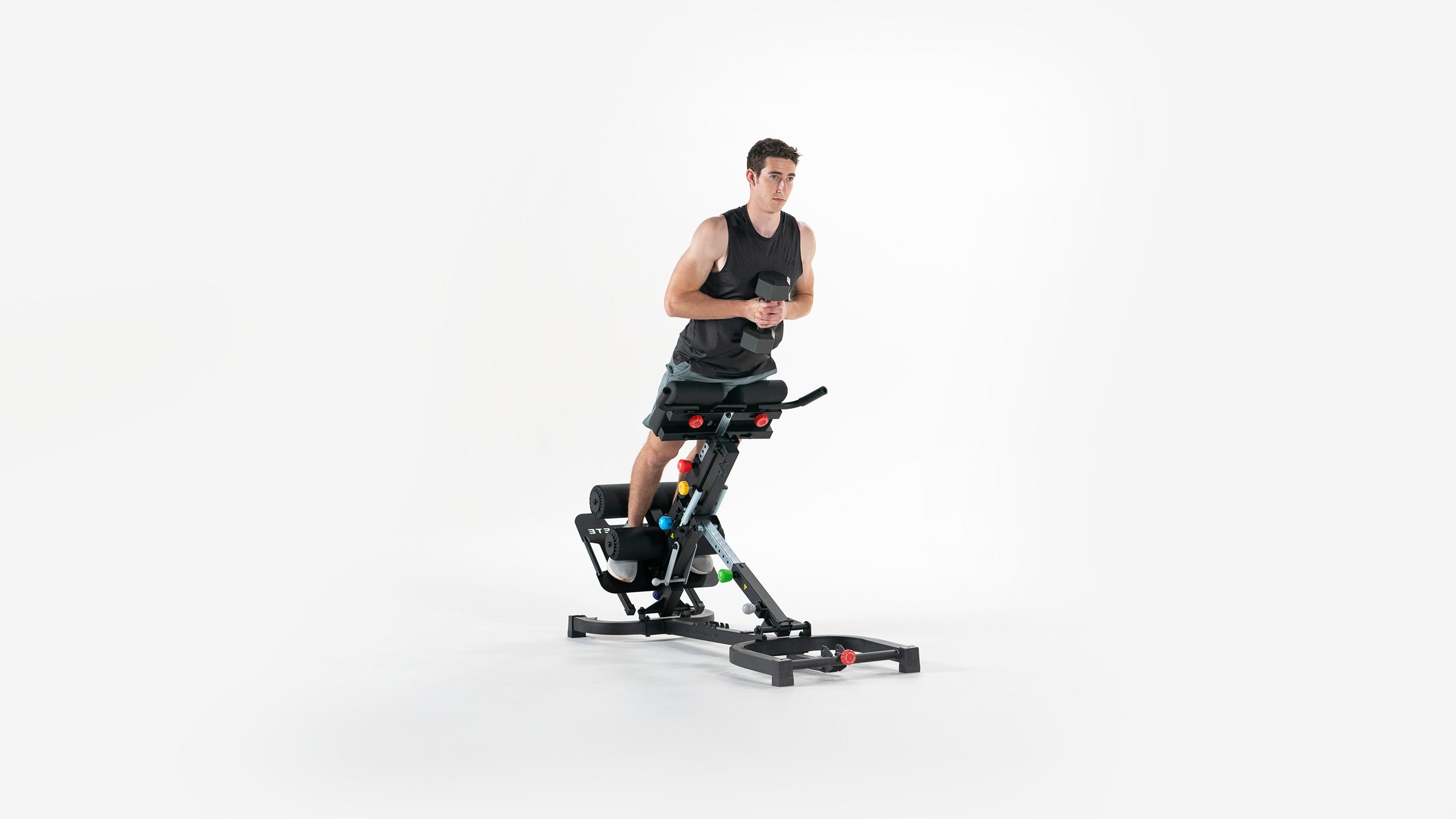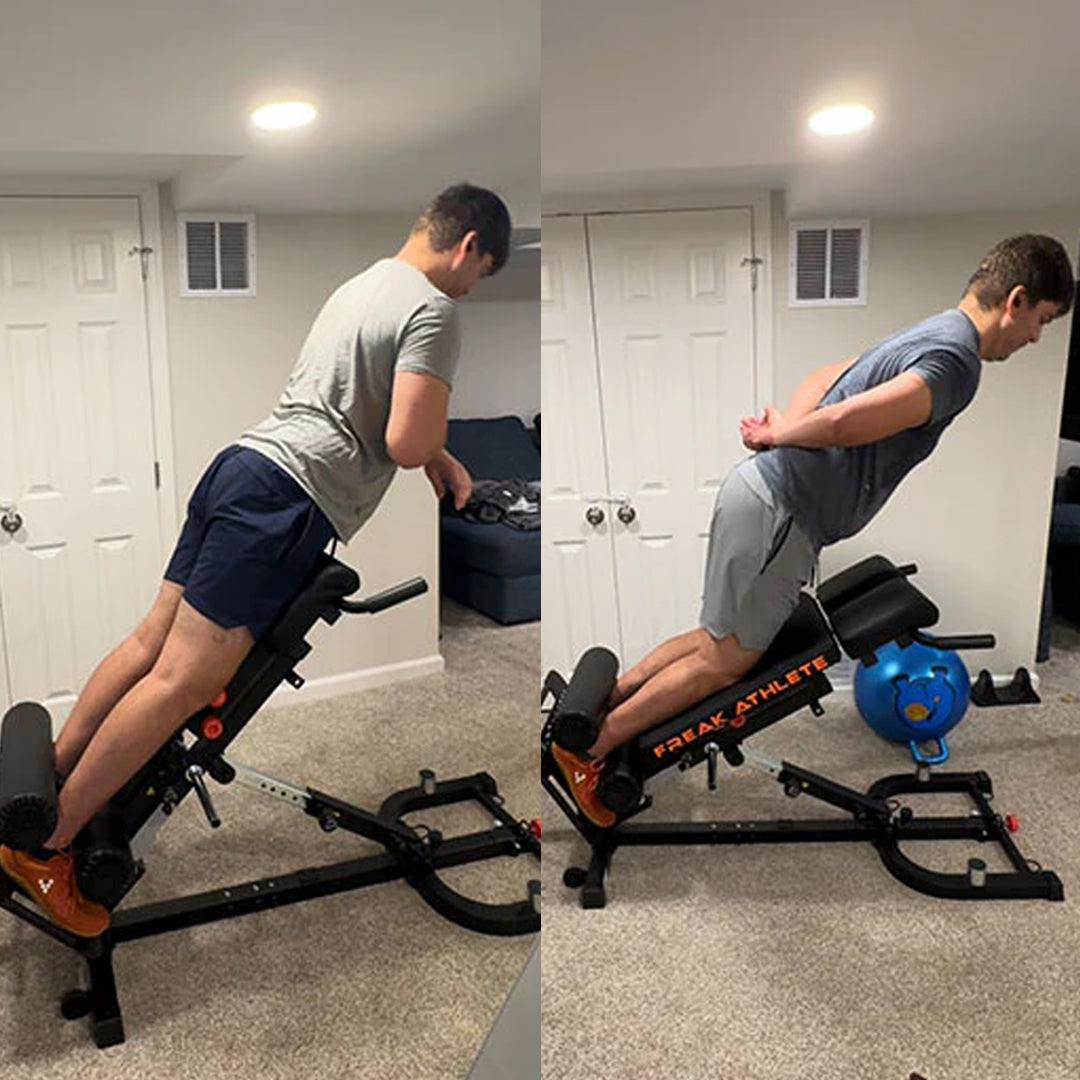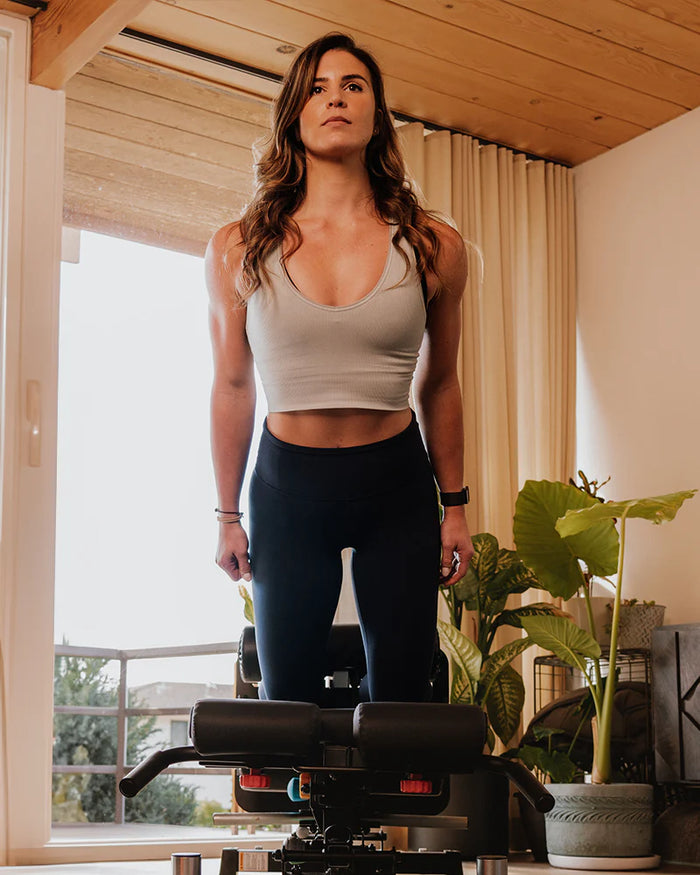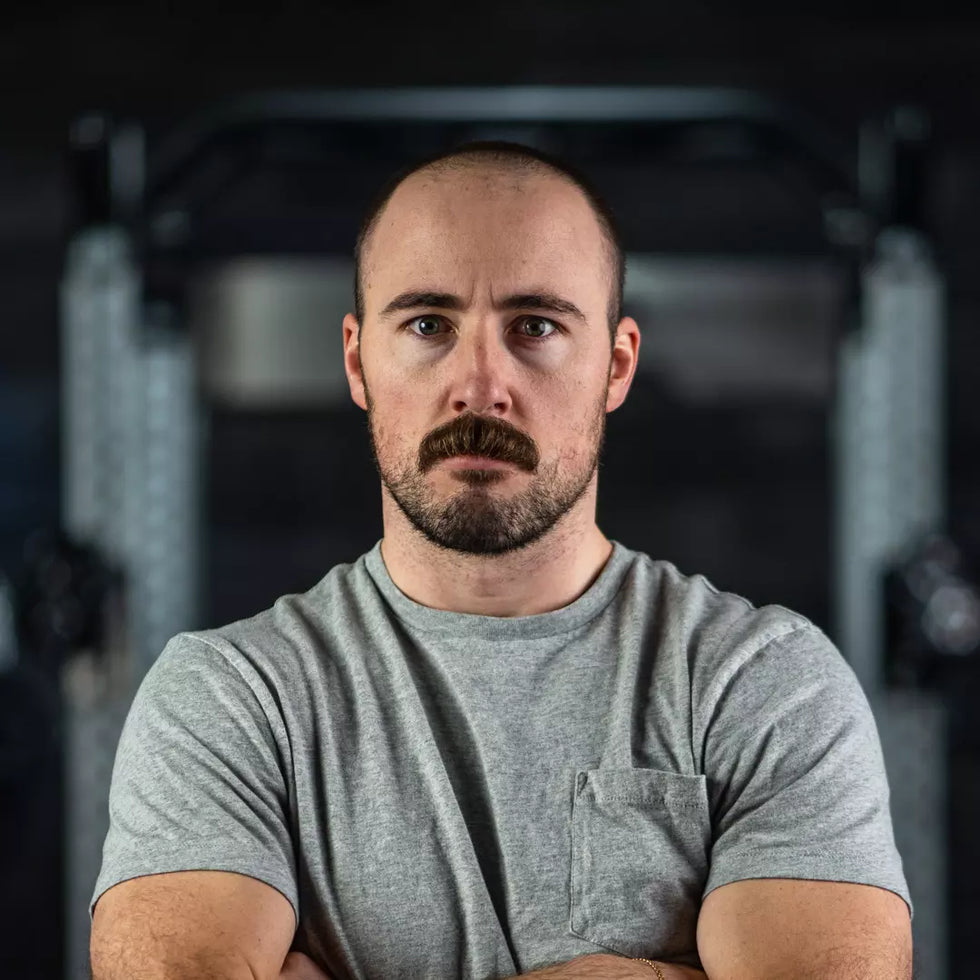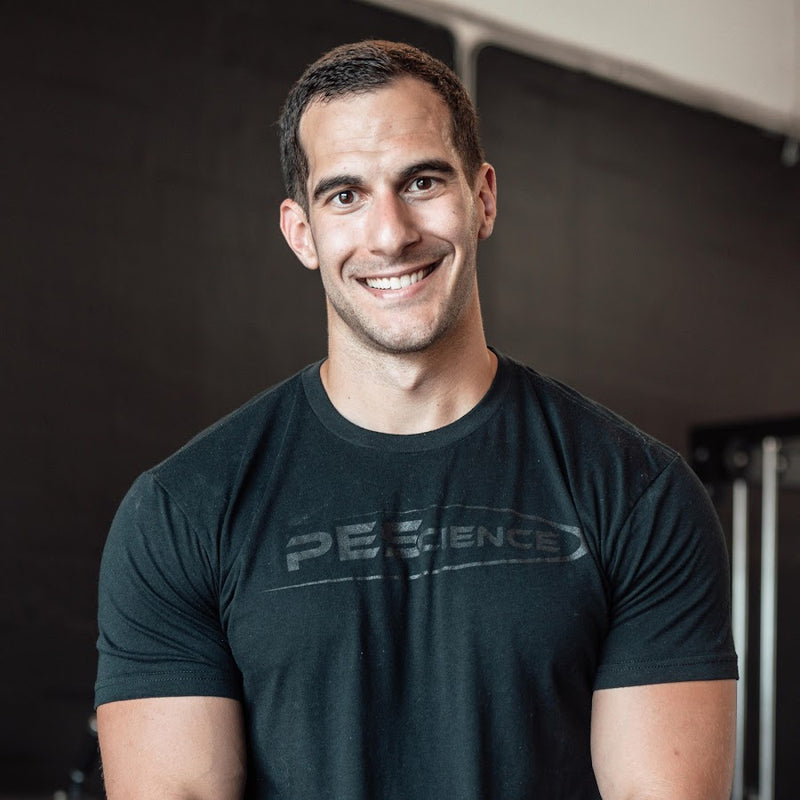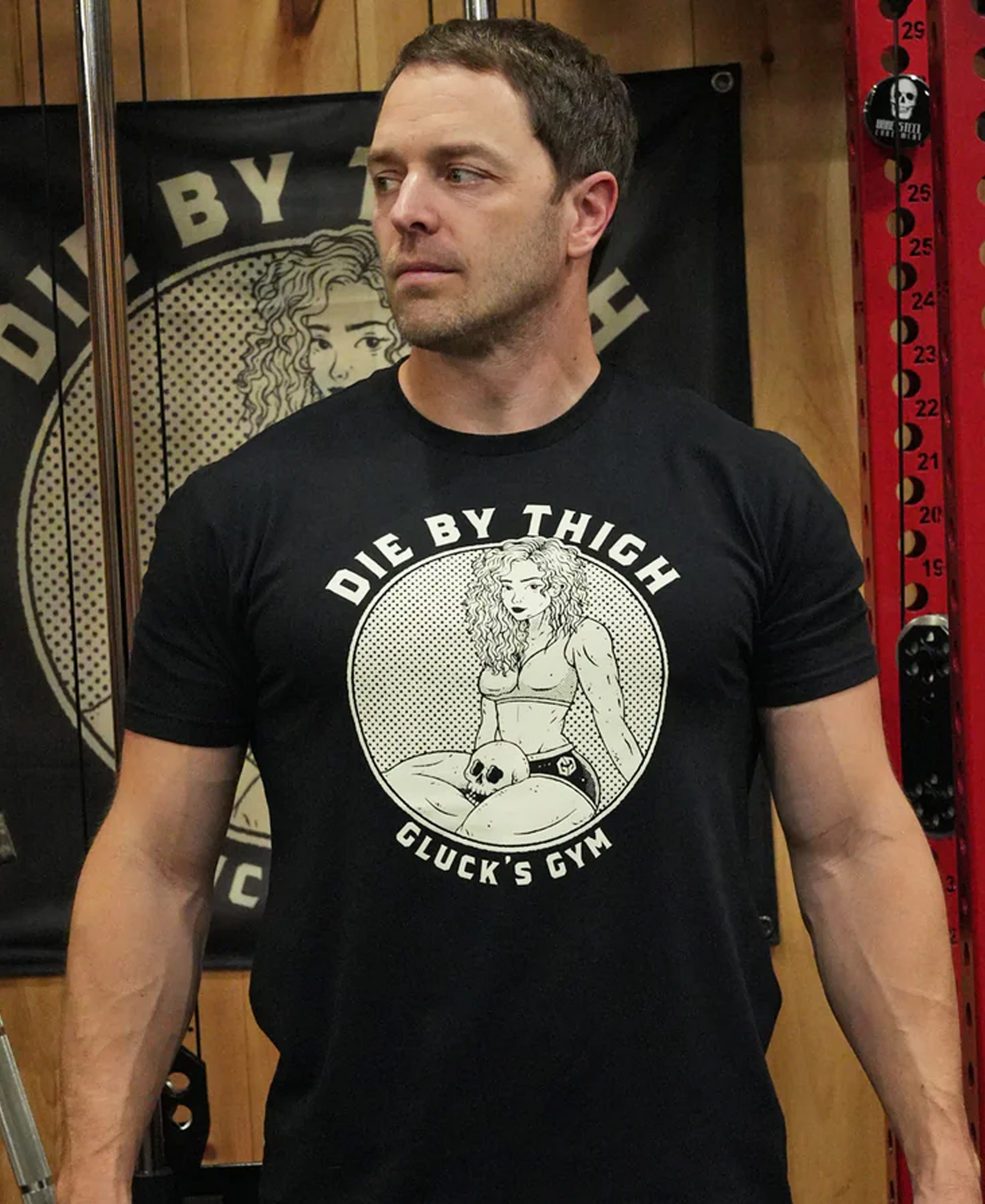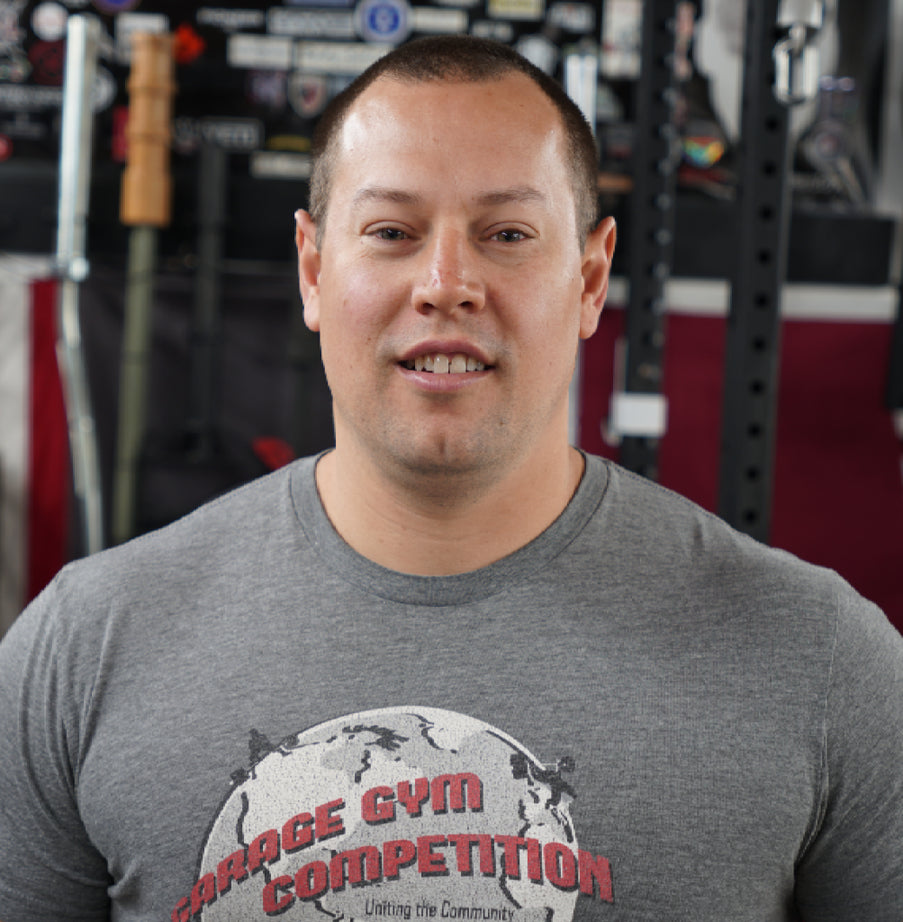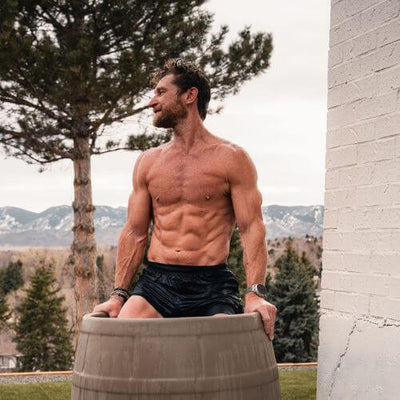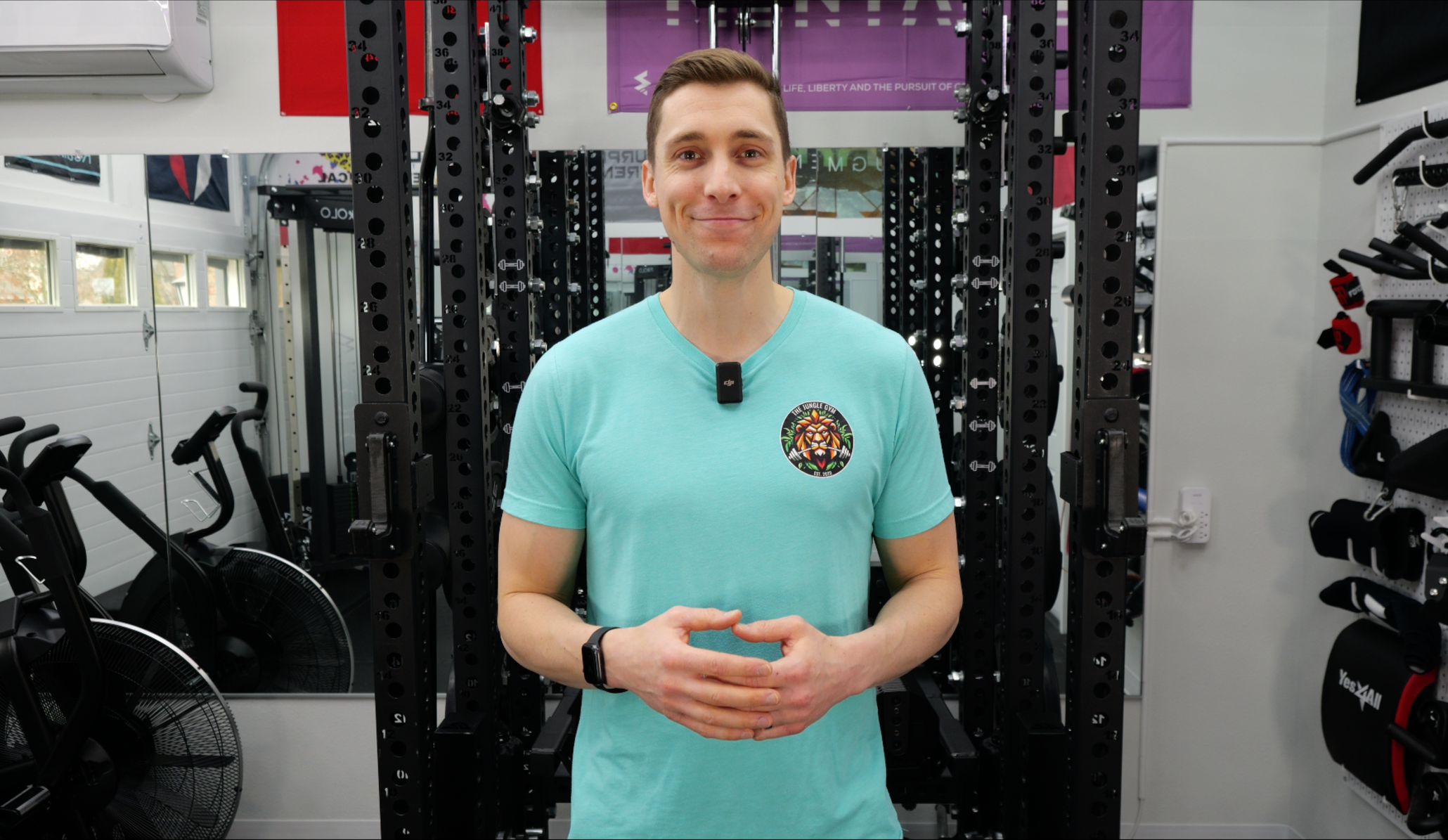PUBLISHED ON Sep, 19, 2025
For David, a 42-year-old Marine Corps veteran, fitness has always mattered. Years of wear on his knees and time away from consistent training layered on setbacks. COVID made the slide worse. A roller-skating fall left him out for a week.
“That was a wake-up call. I had to build my legs up again.”

Finding the Right Tool
As he built a home gym, David compared cost, quality, warranty, and reviews. Two movements at the top of his recovery list were Nordics and GHD.
“Buying a dedicated GHD machine alone would have cost me $600. With the Hyper Pro, I could do those and so much more, including reverse hypers and hip thrusts. It was the clear choice.”

Staying Safe While Training Hard
He placed the Hyper Pro at the center of leg days. The machine gave him a safe, progressive path to train legs and core without aggravating old issues. As tolerance improved, he layered in more advanced work, even dragon flags.
The Results
Before the Hyper Pro, David had already addressed about 85% of his pain through diet changes and consistent exercise. The next leap came after the Hyper Pro entered the routine.

He says, alongside traditional weights. It helped him strengthen the lower body and core in a way that respected past injuries.
“This year, I lost 30 pounds and have four-pack abs for the first time in my life. But the more important part is that I can enjoy life again. I am mostly pain-free for the first time since leaving the Marine Corps, and you cannot put a dollar sign on that.”
He now trains for strength, speed, endurance, and overall health, progressing carefully and avoiding the urge to push too fast. His advice: start slow, follow medical guidance, and build.
Takeaways You Can Use
- Favor versatile tools over single-use machines to keep costs and space in check.
- Anchor leg days in posterior-chain work and add load only as tolerance improves.
- Let patience compound. PRs can return when training fits your history and goals.
